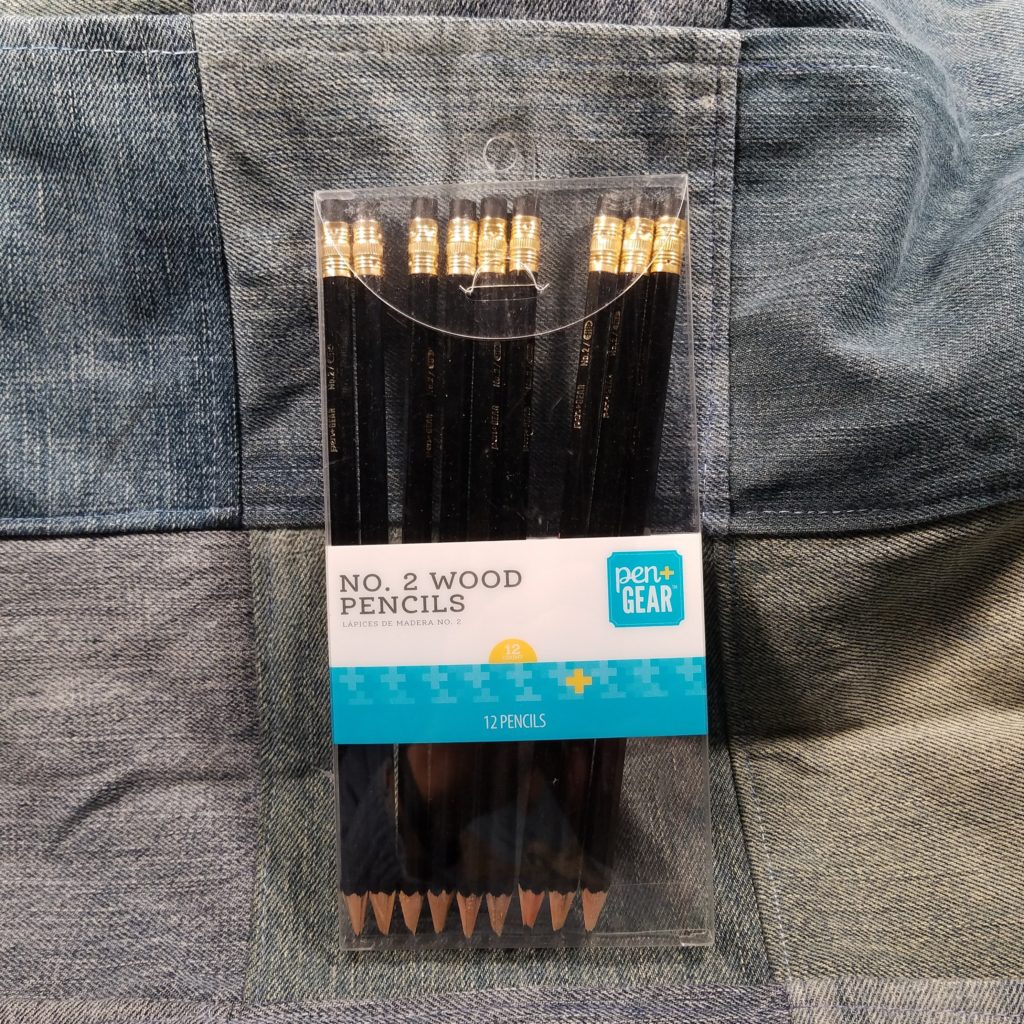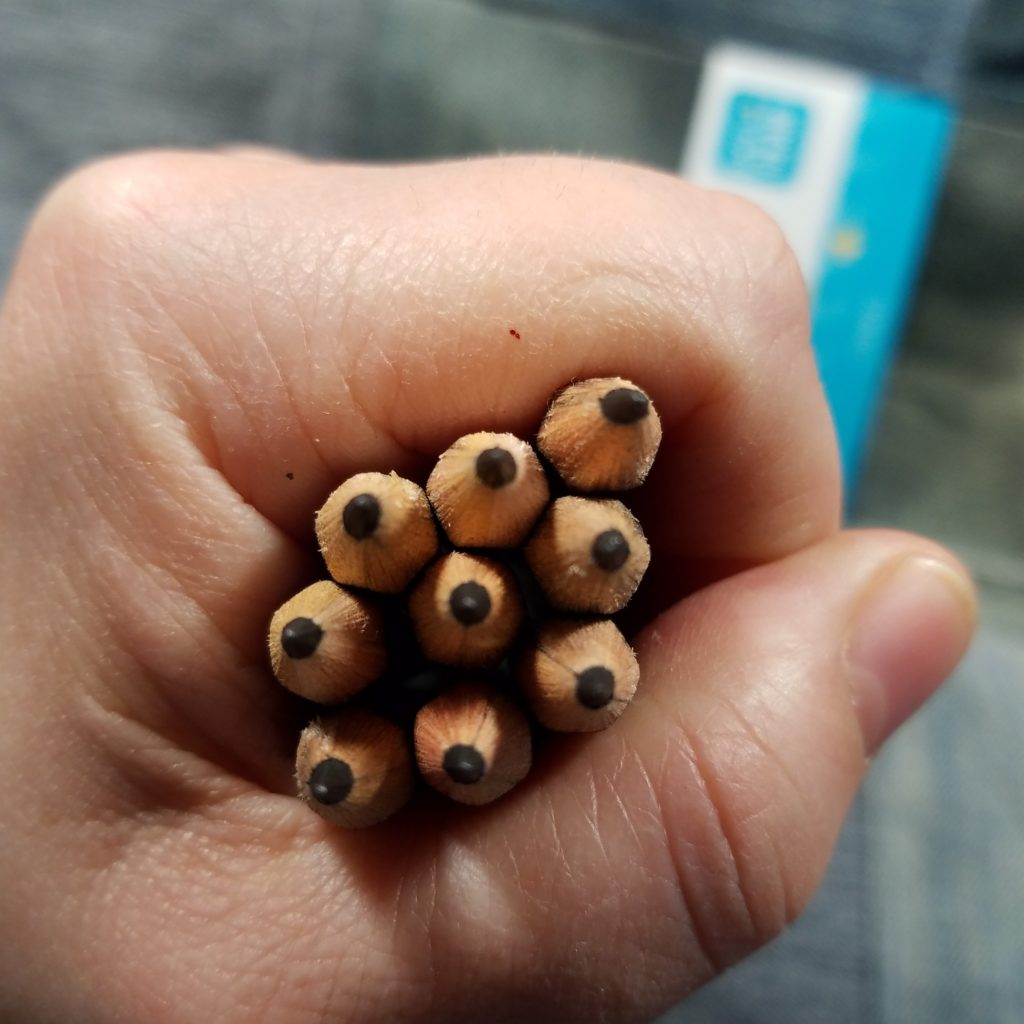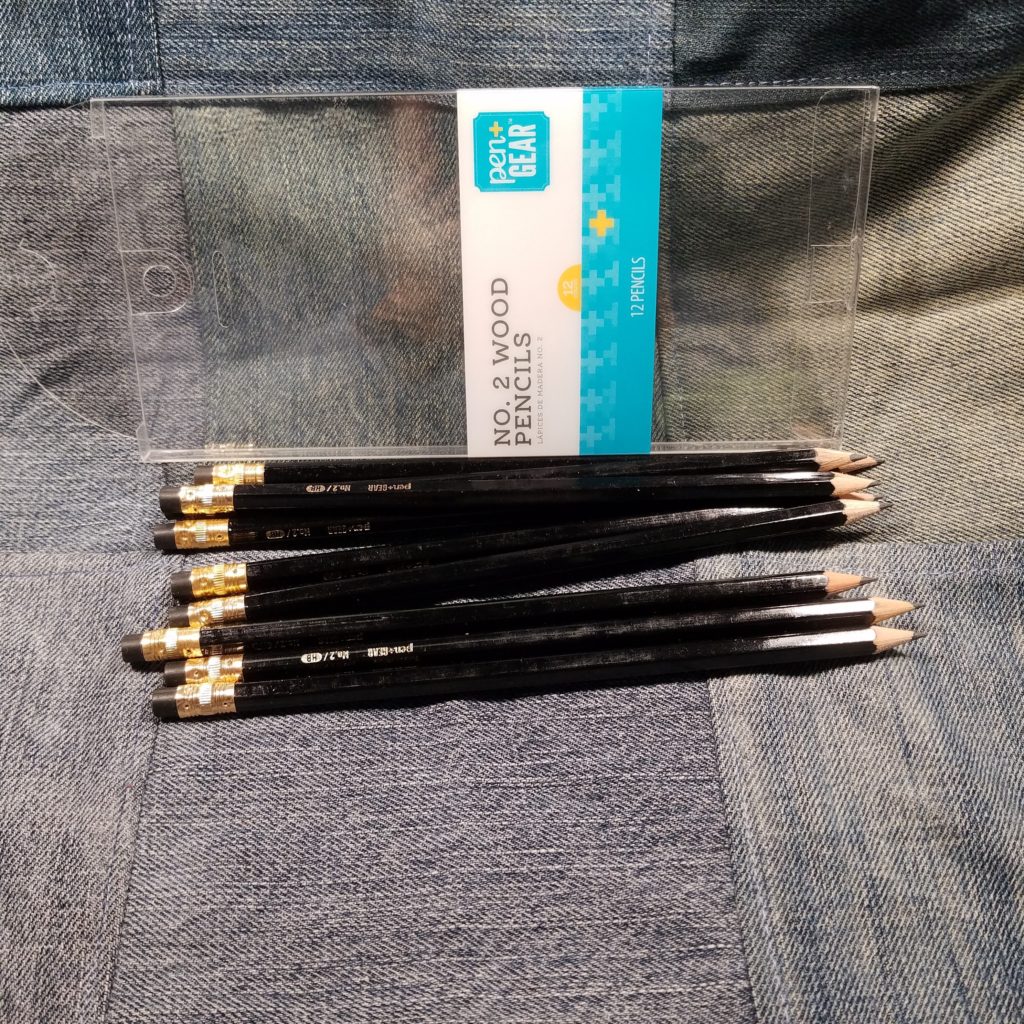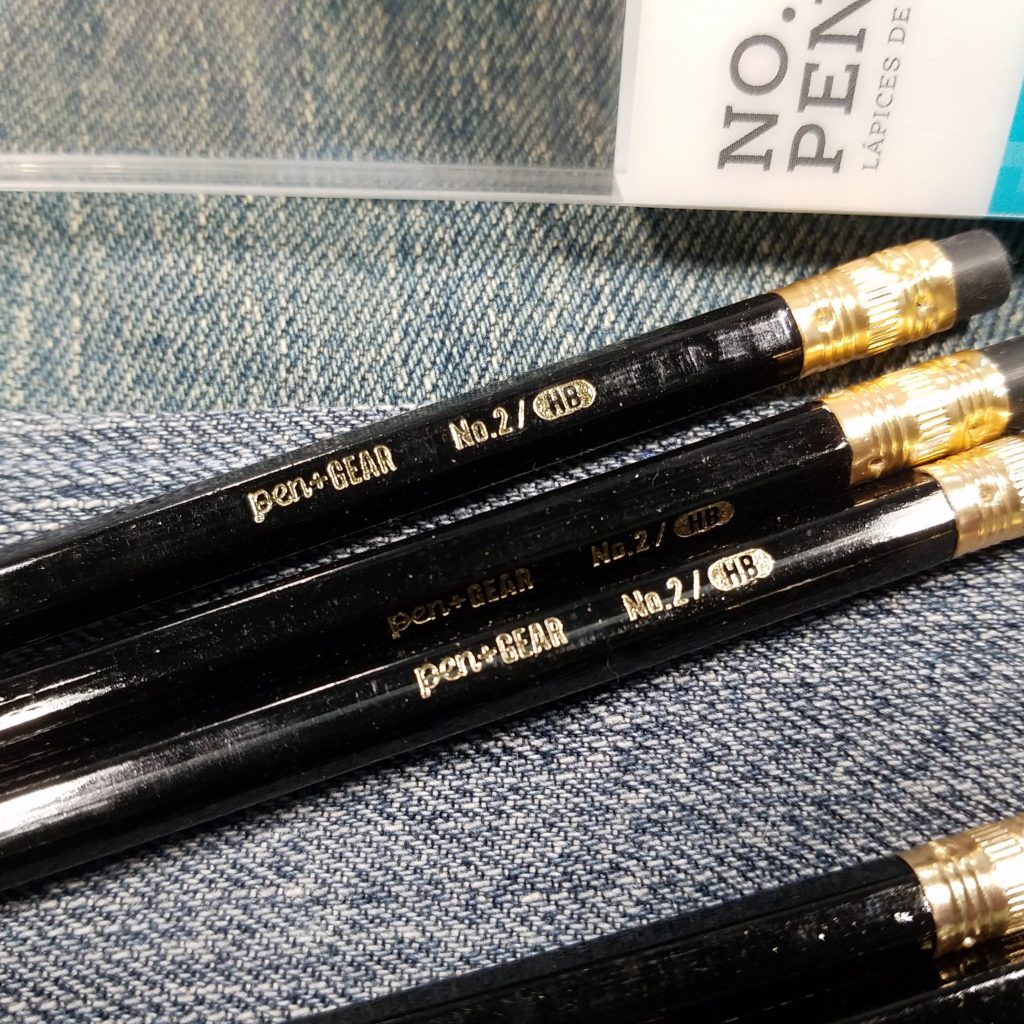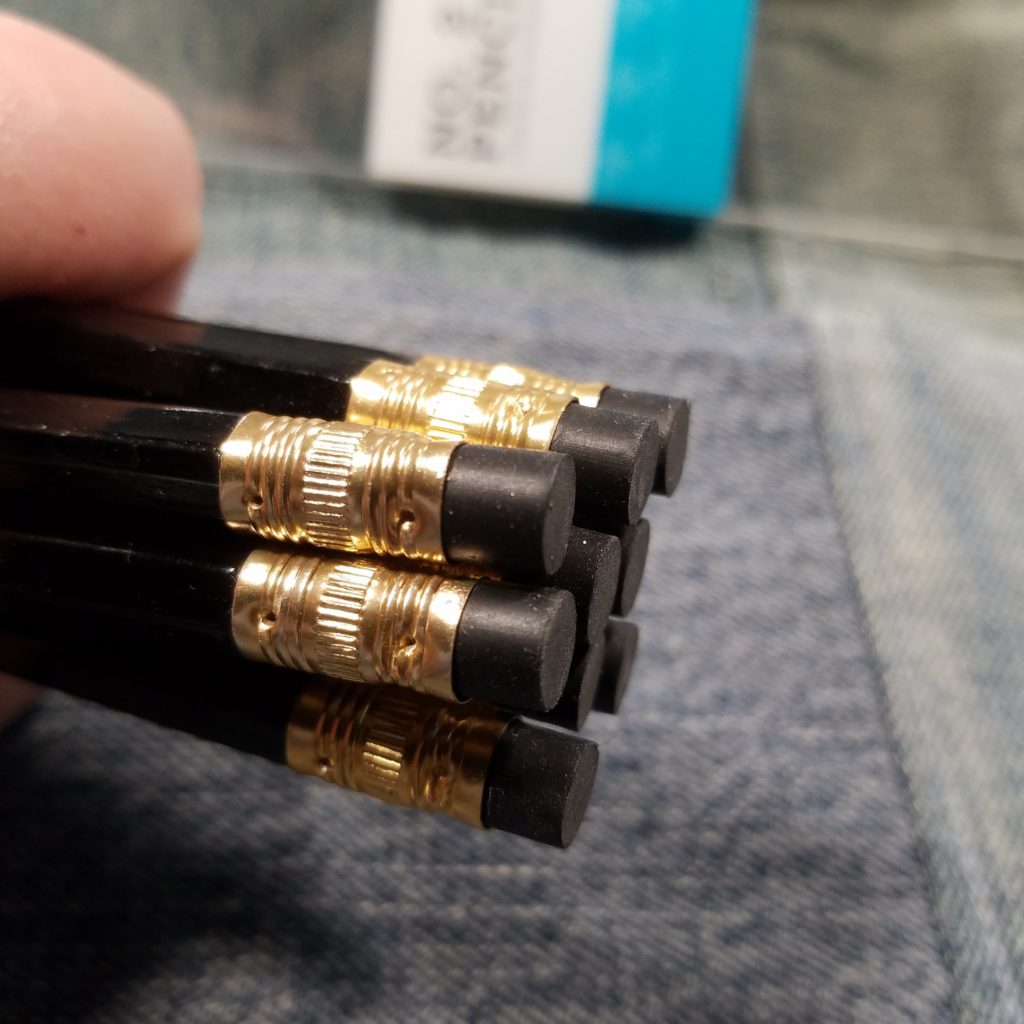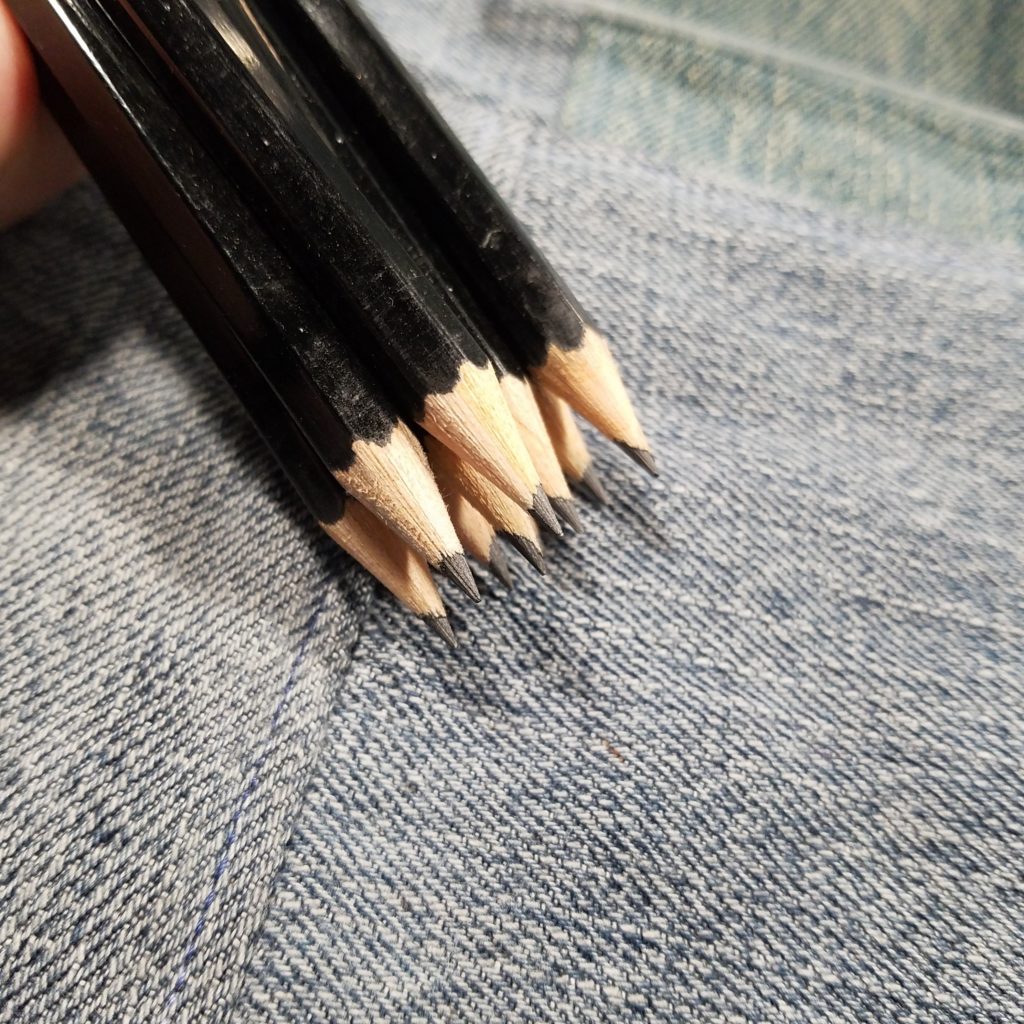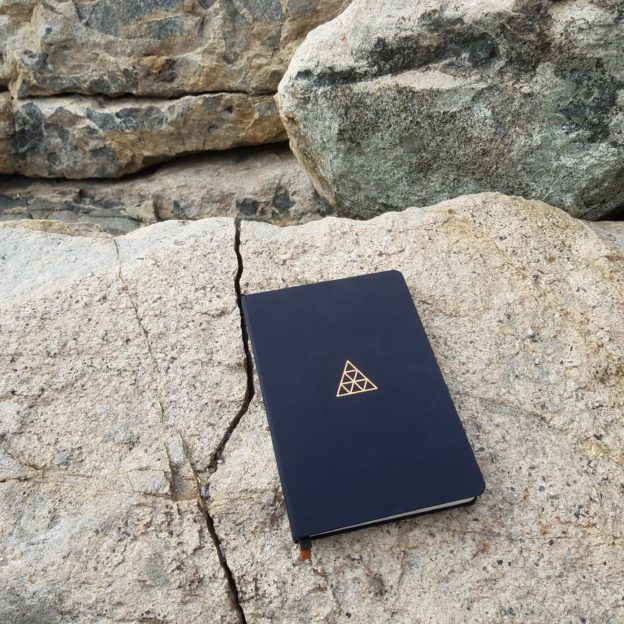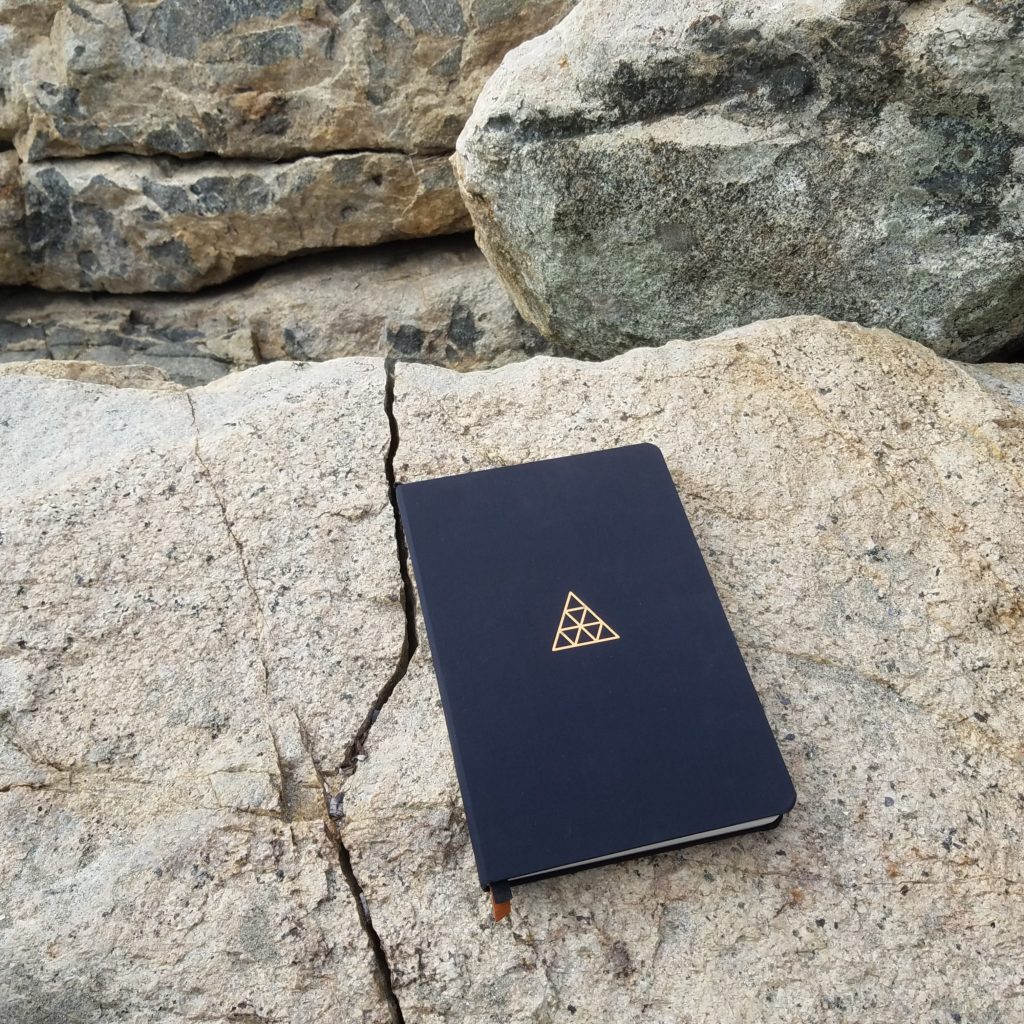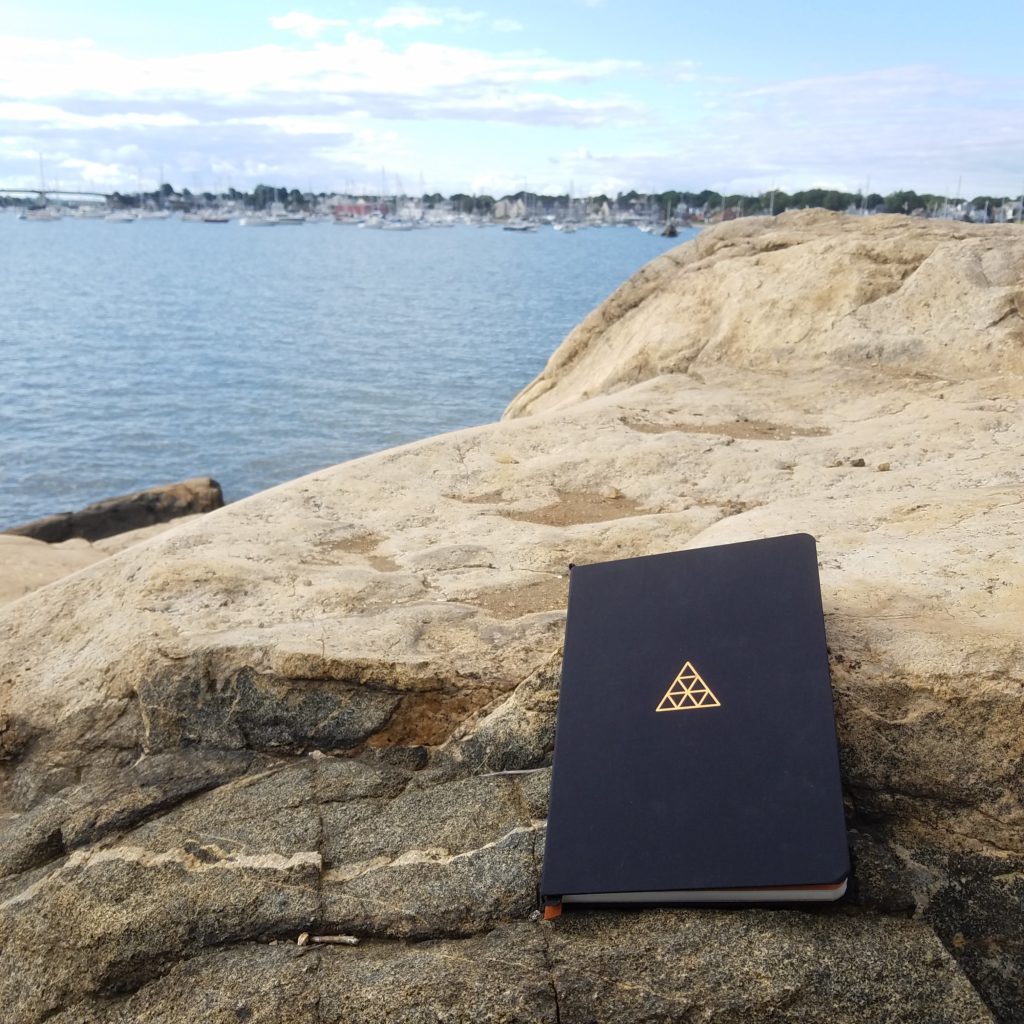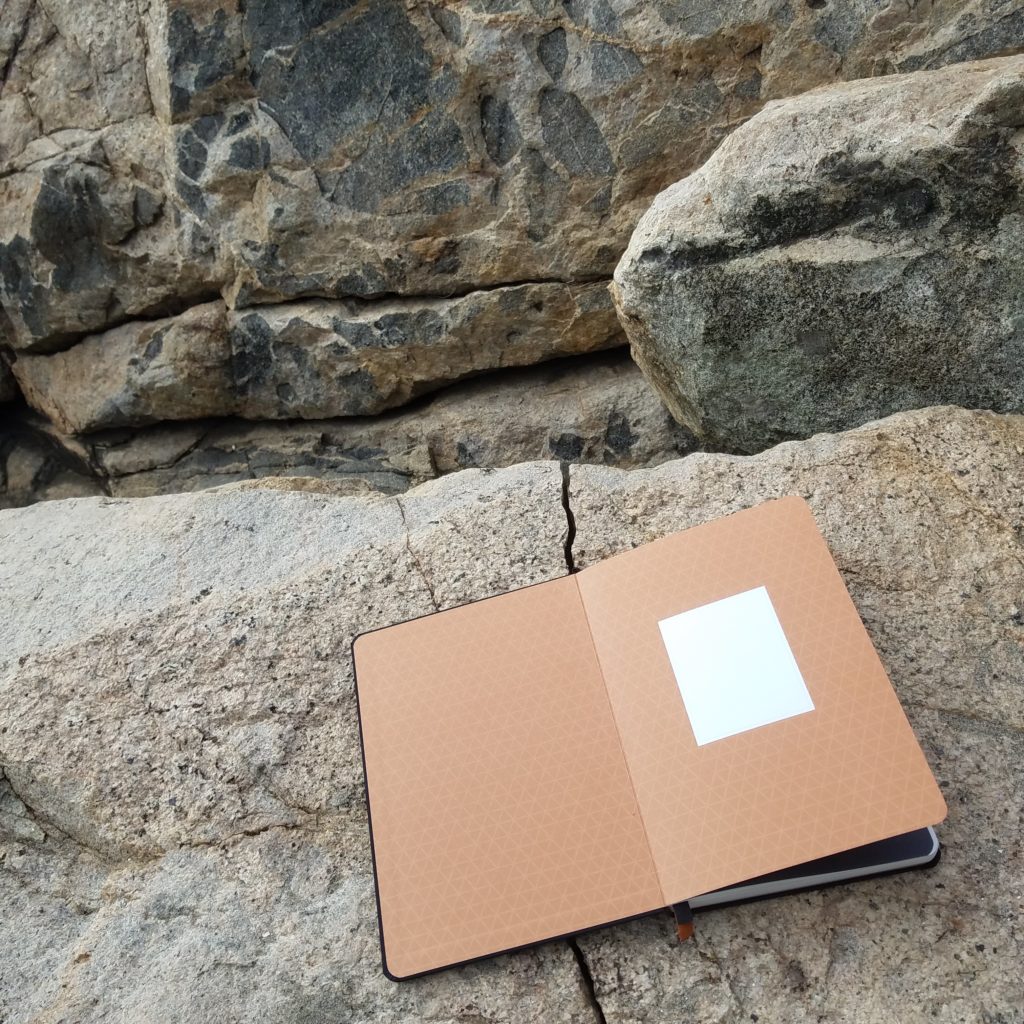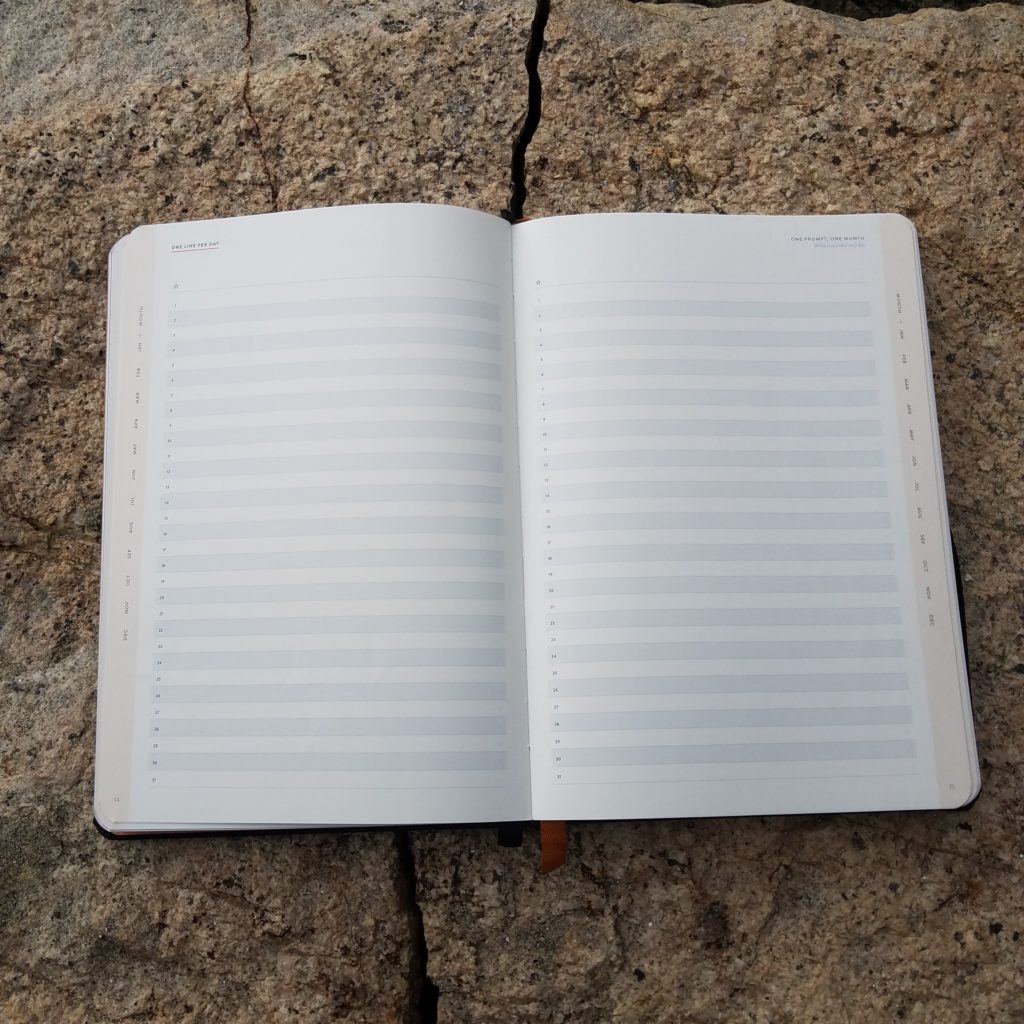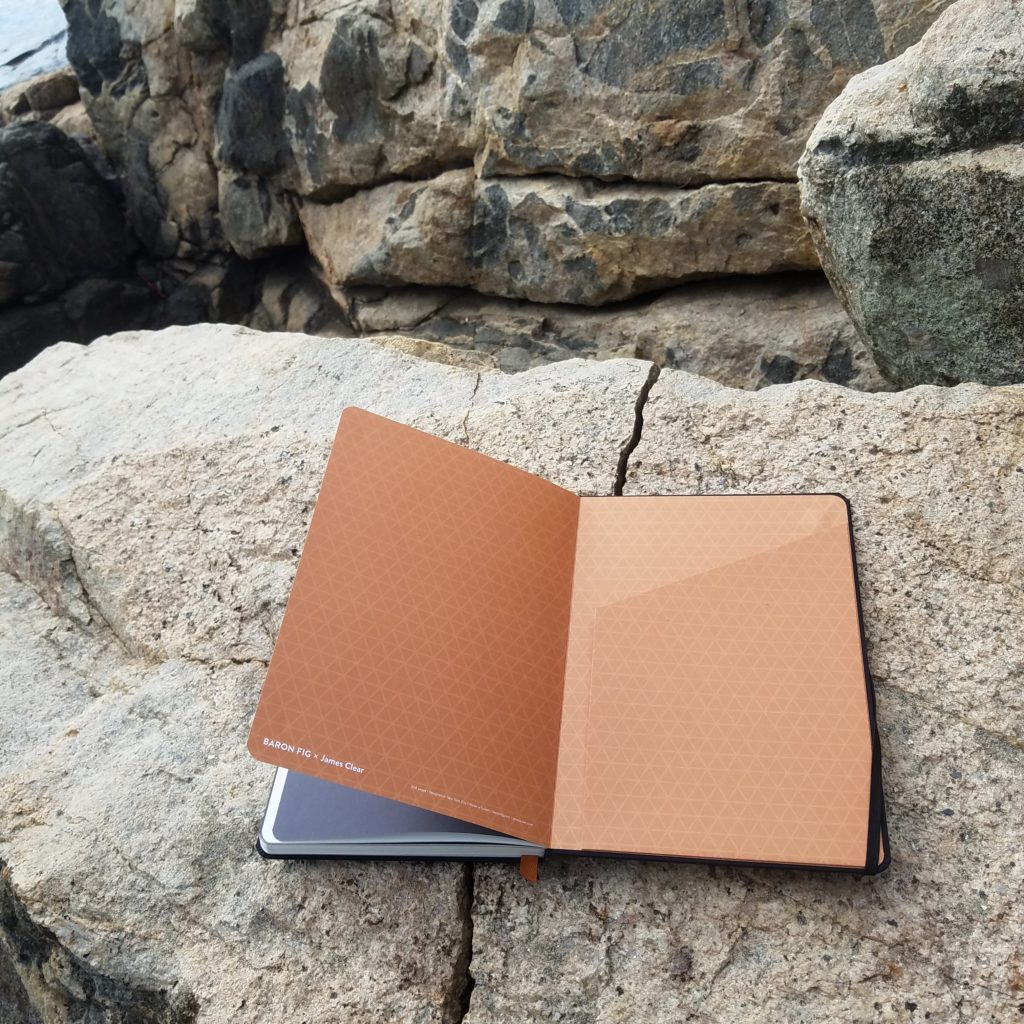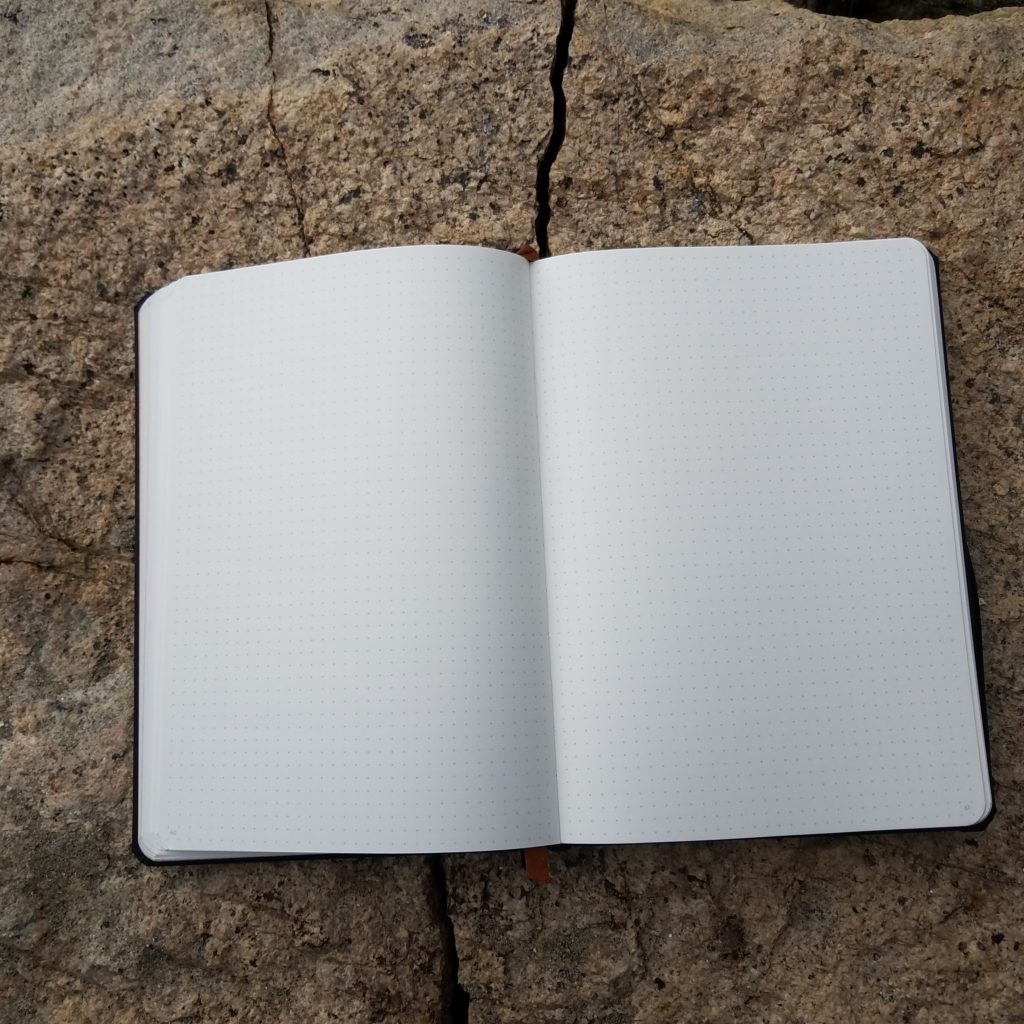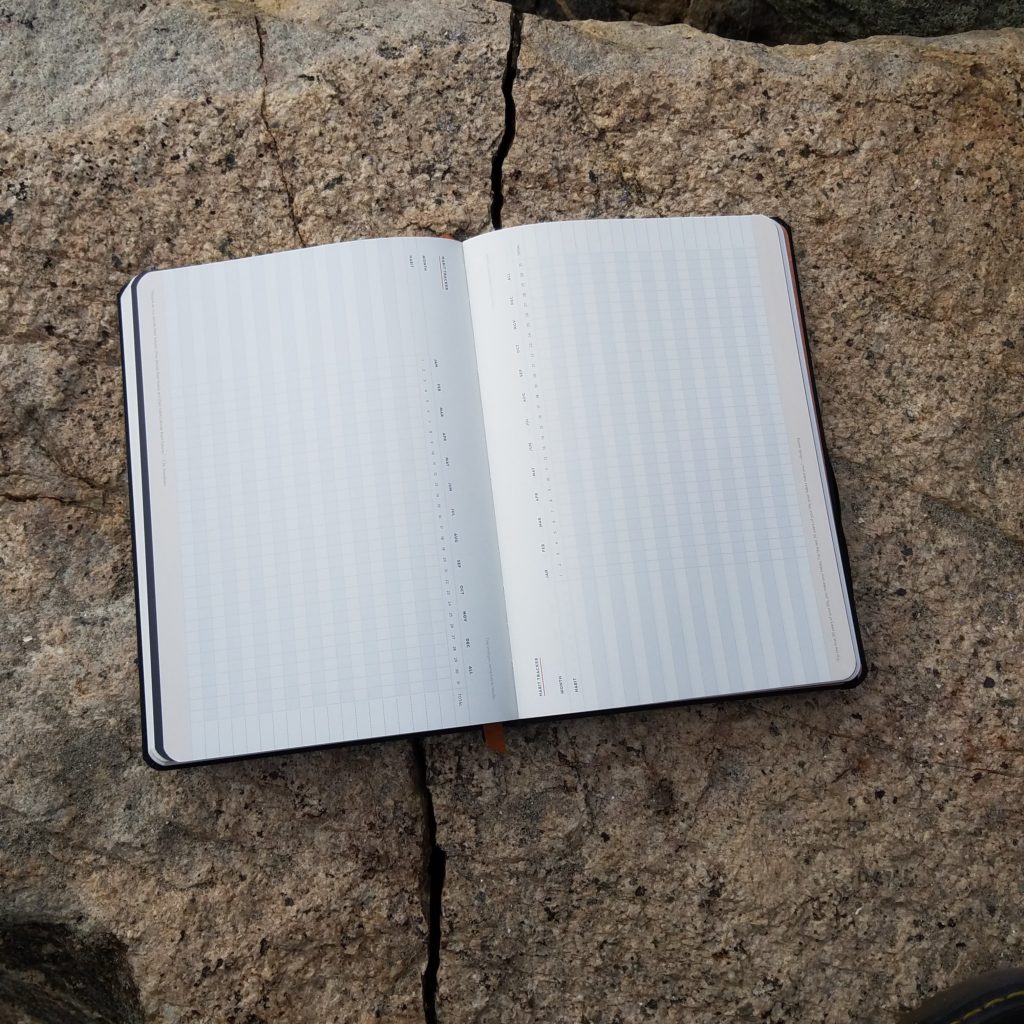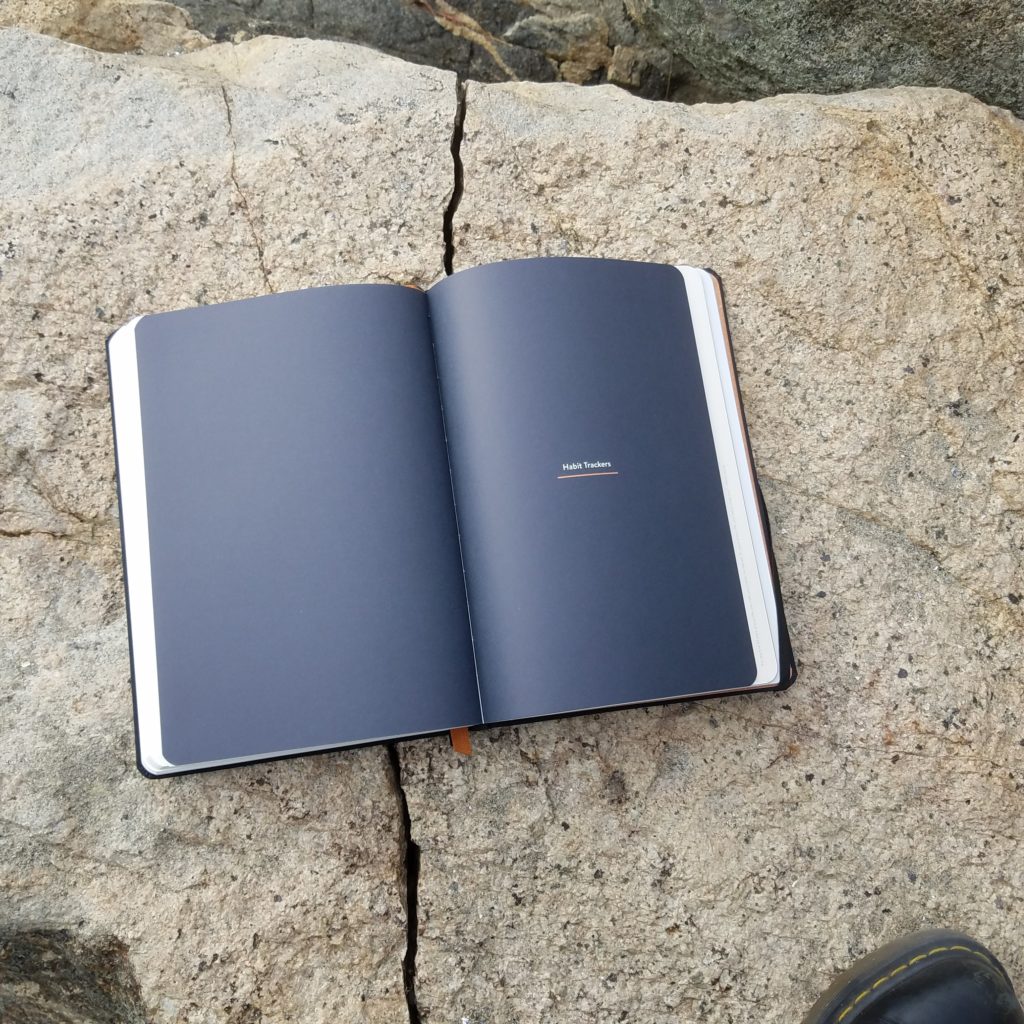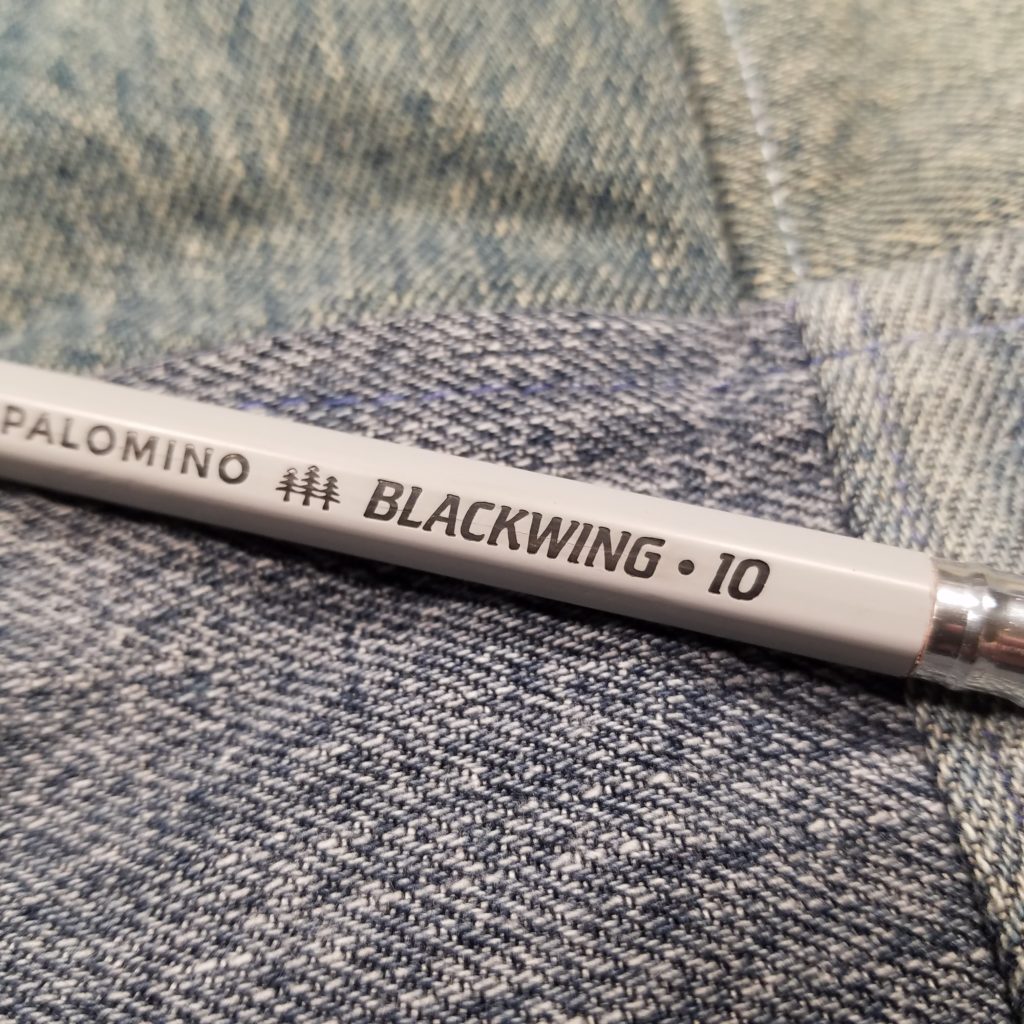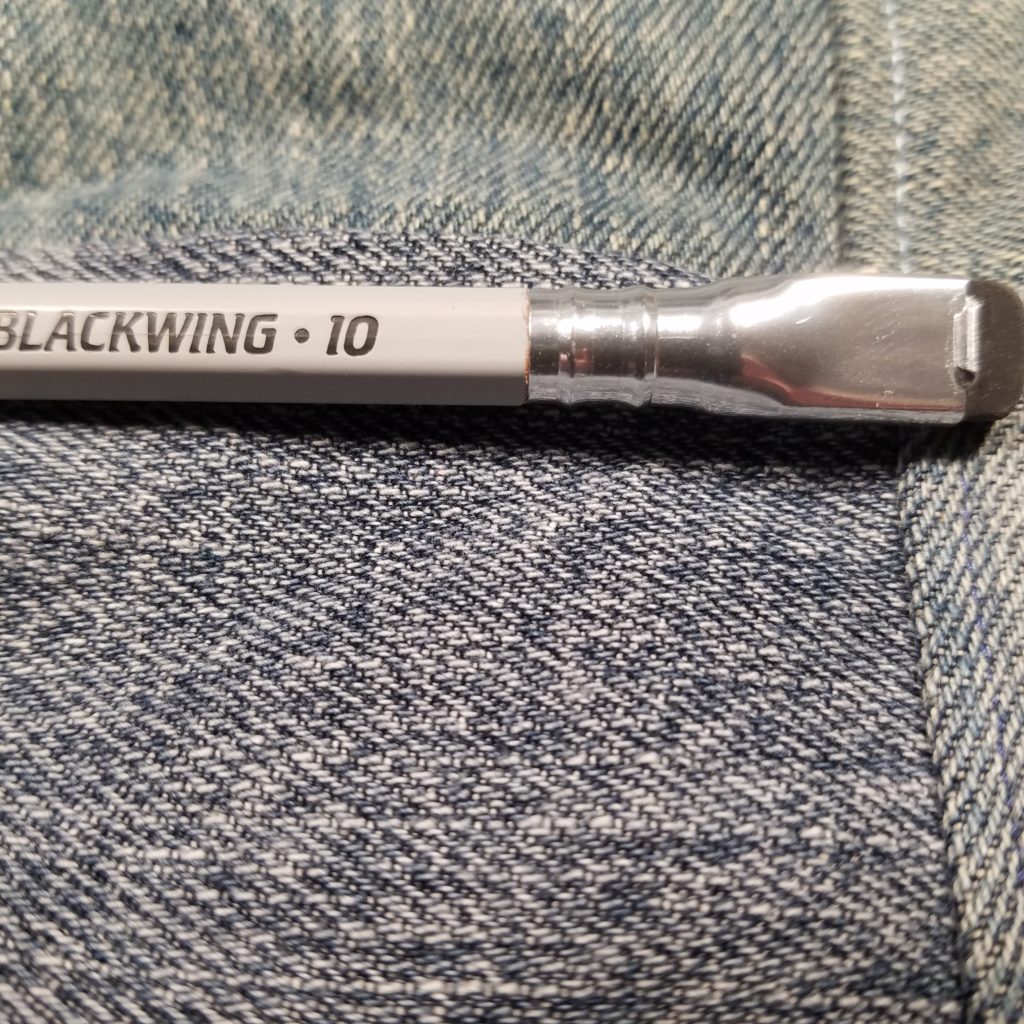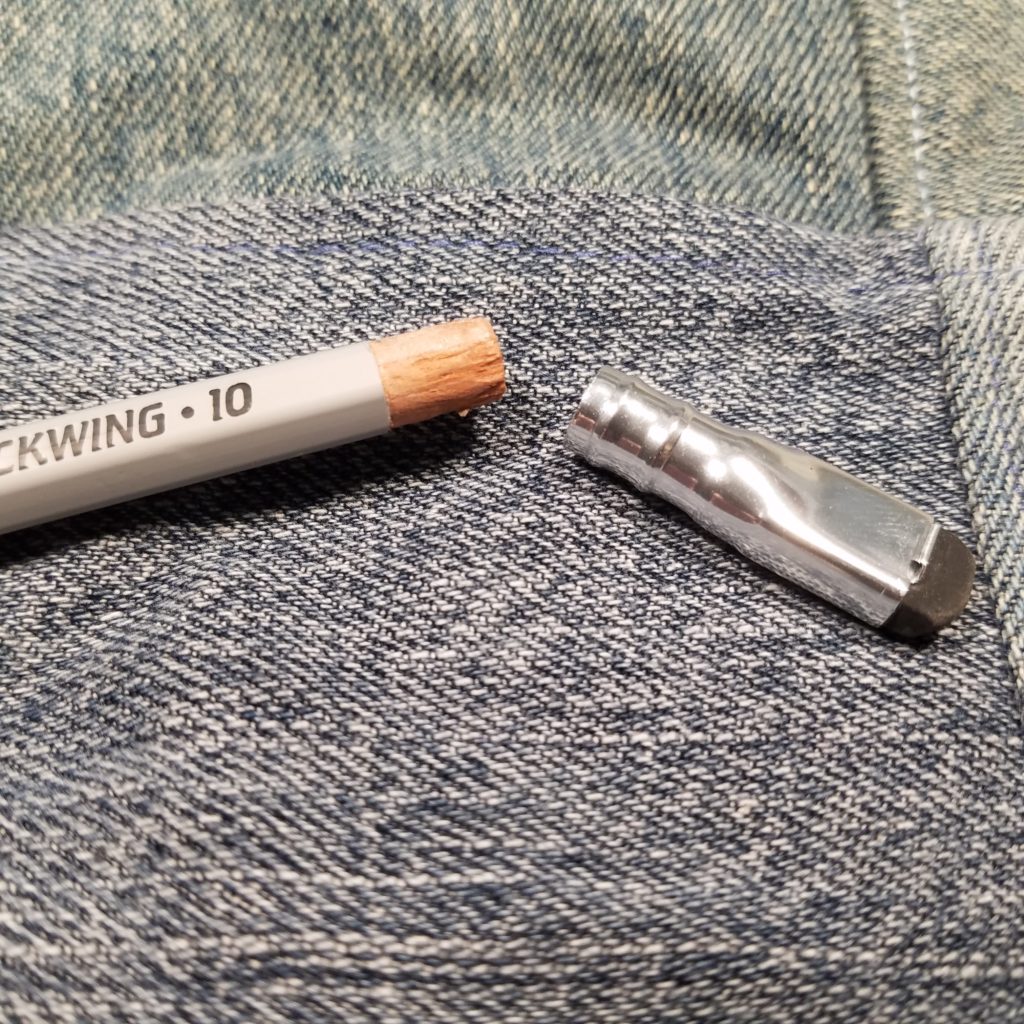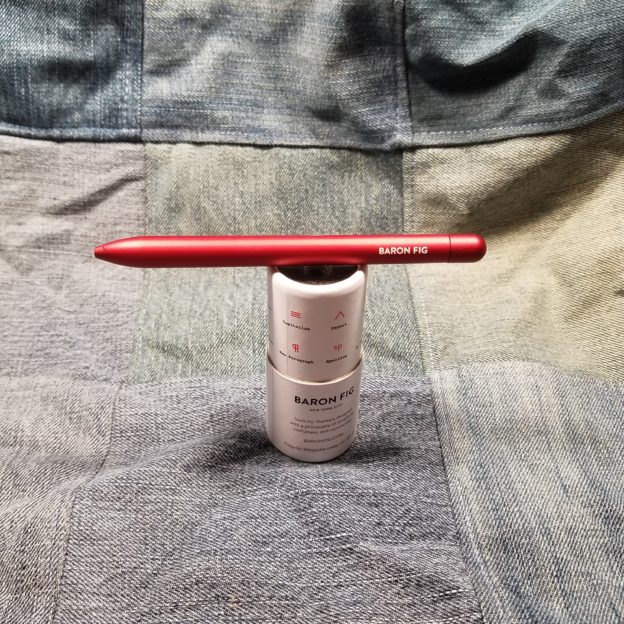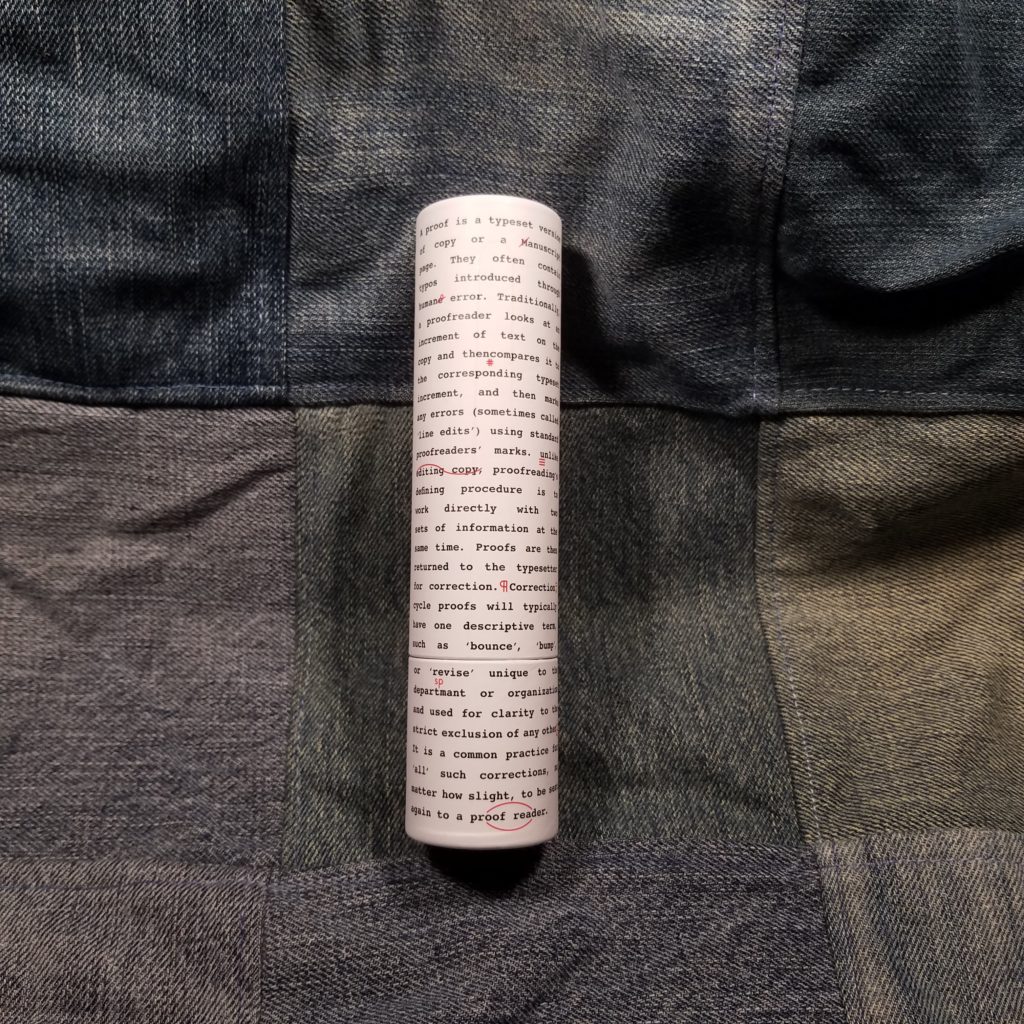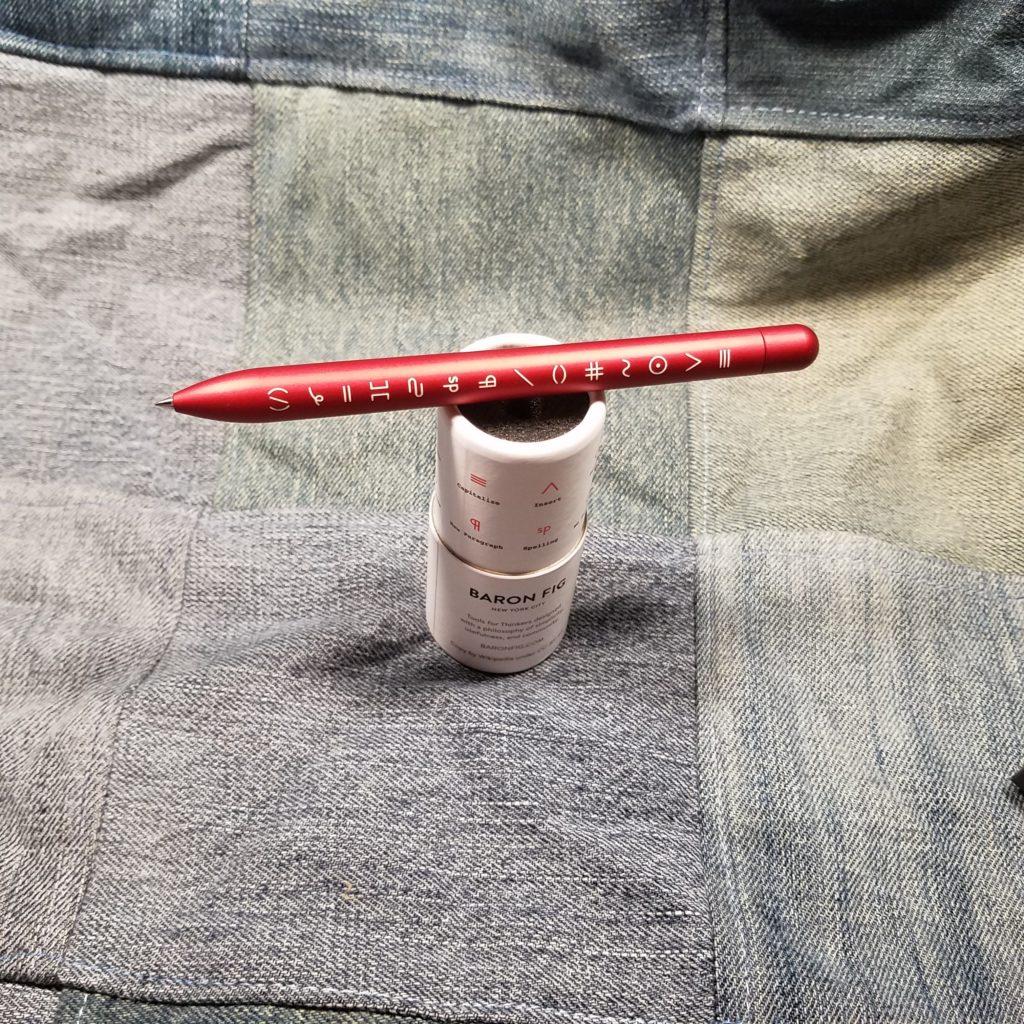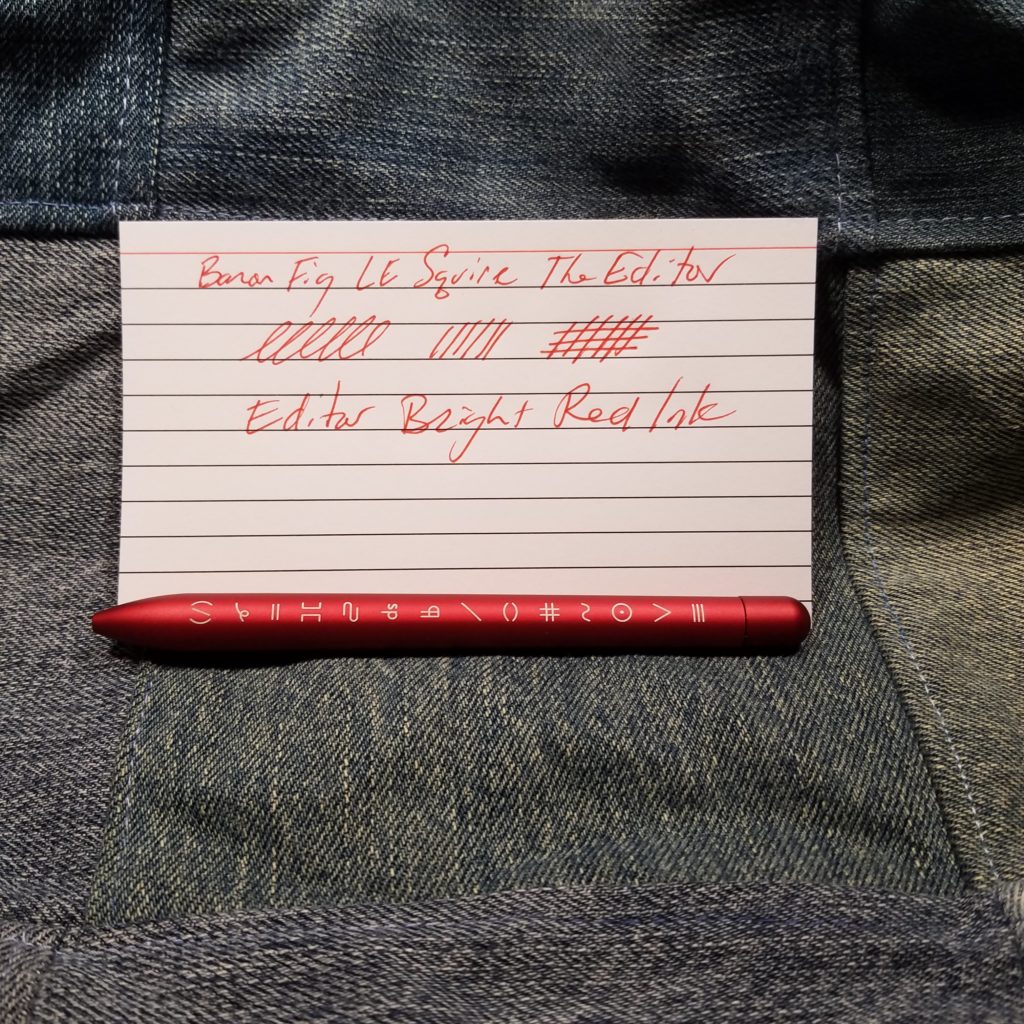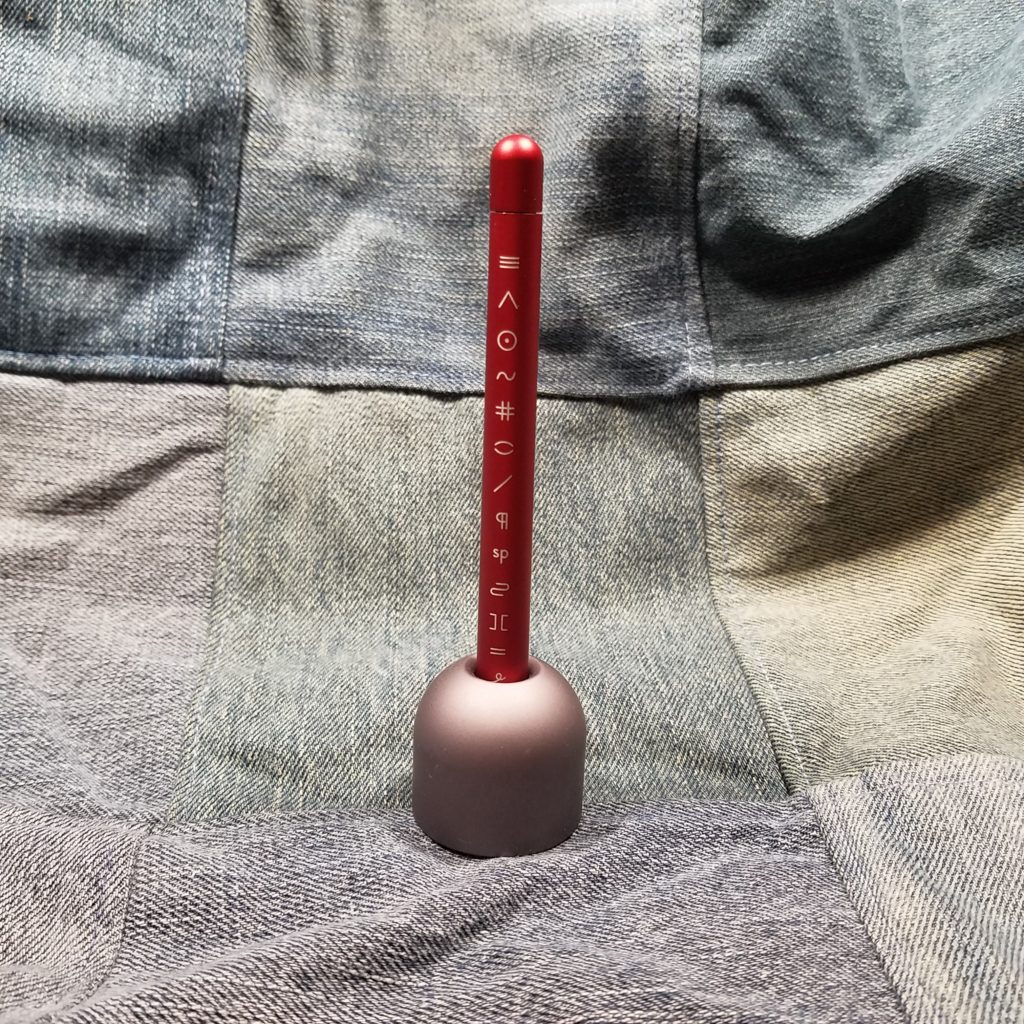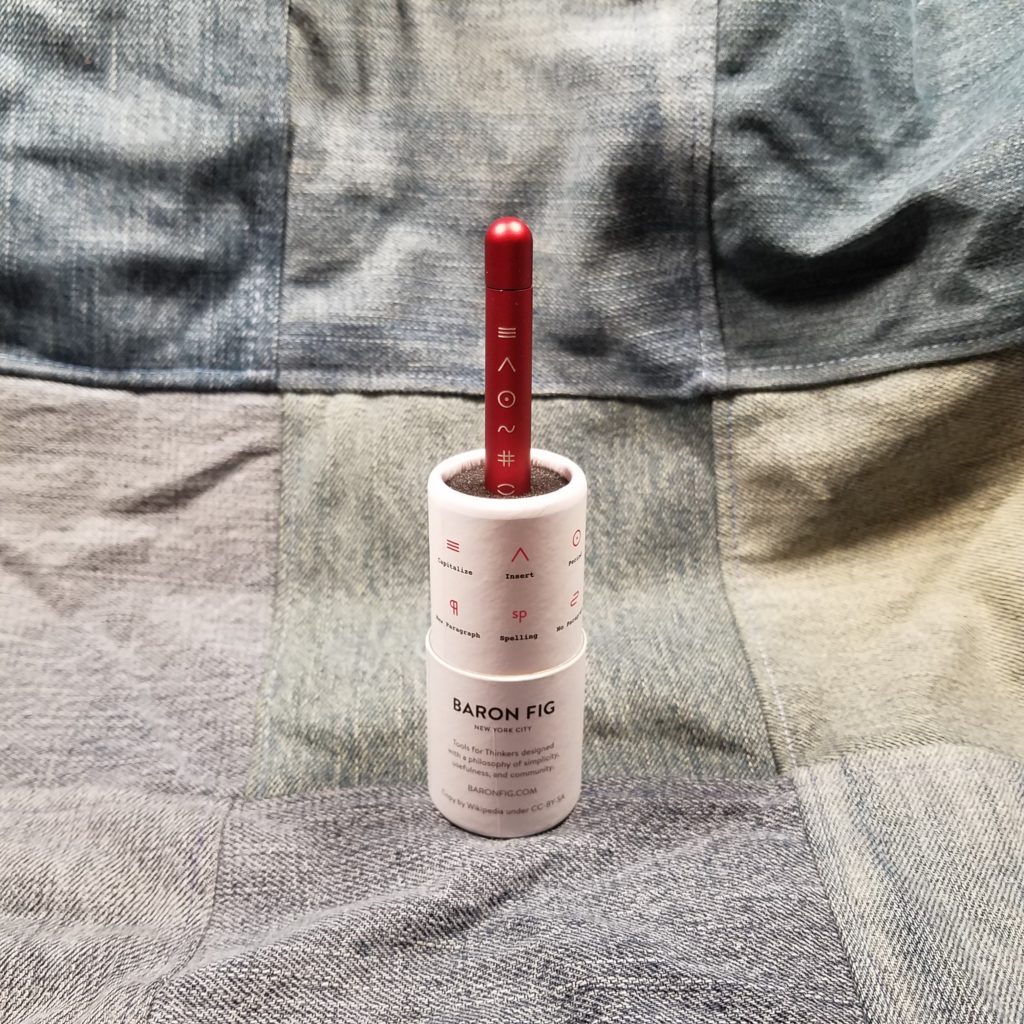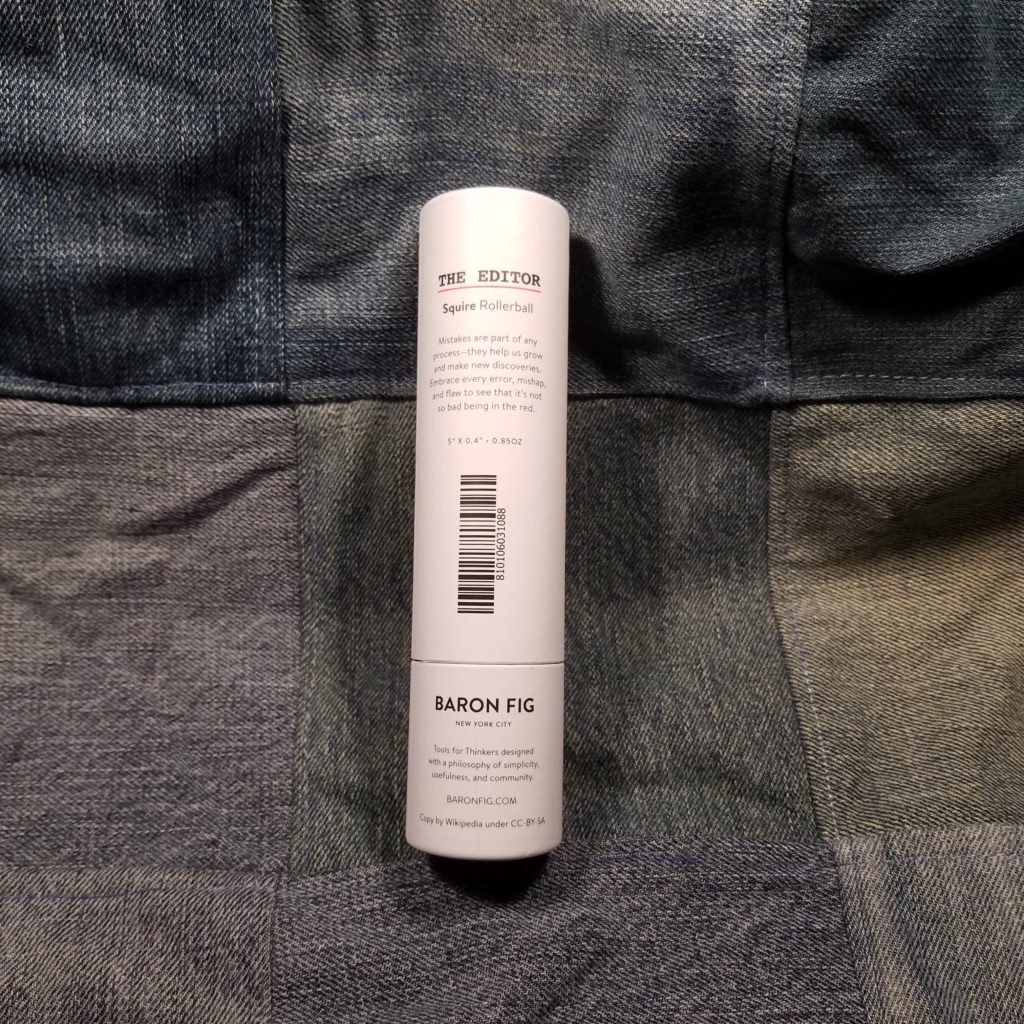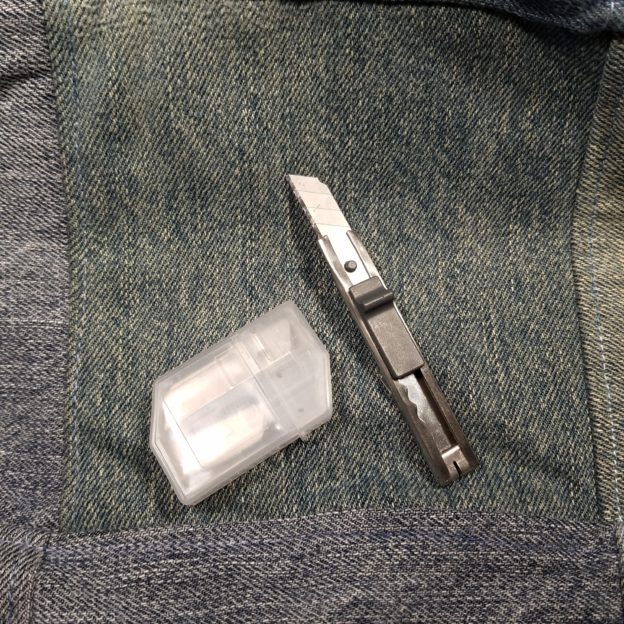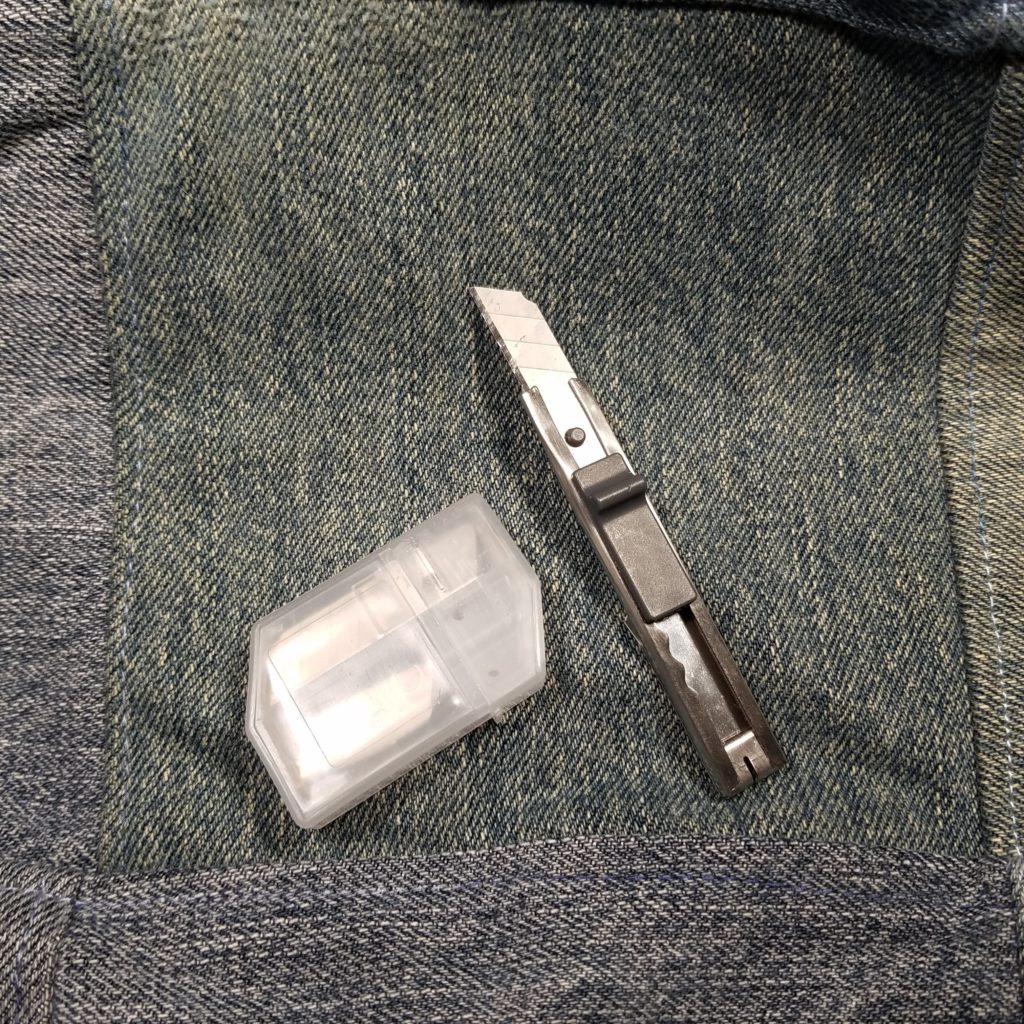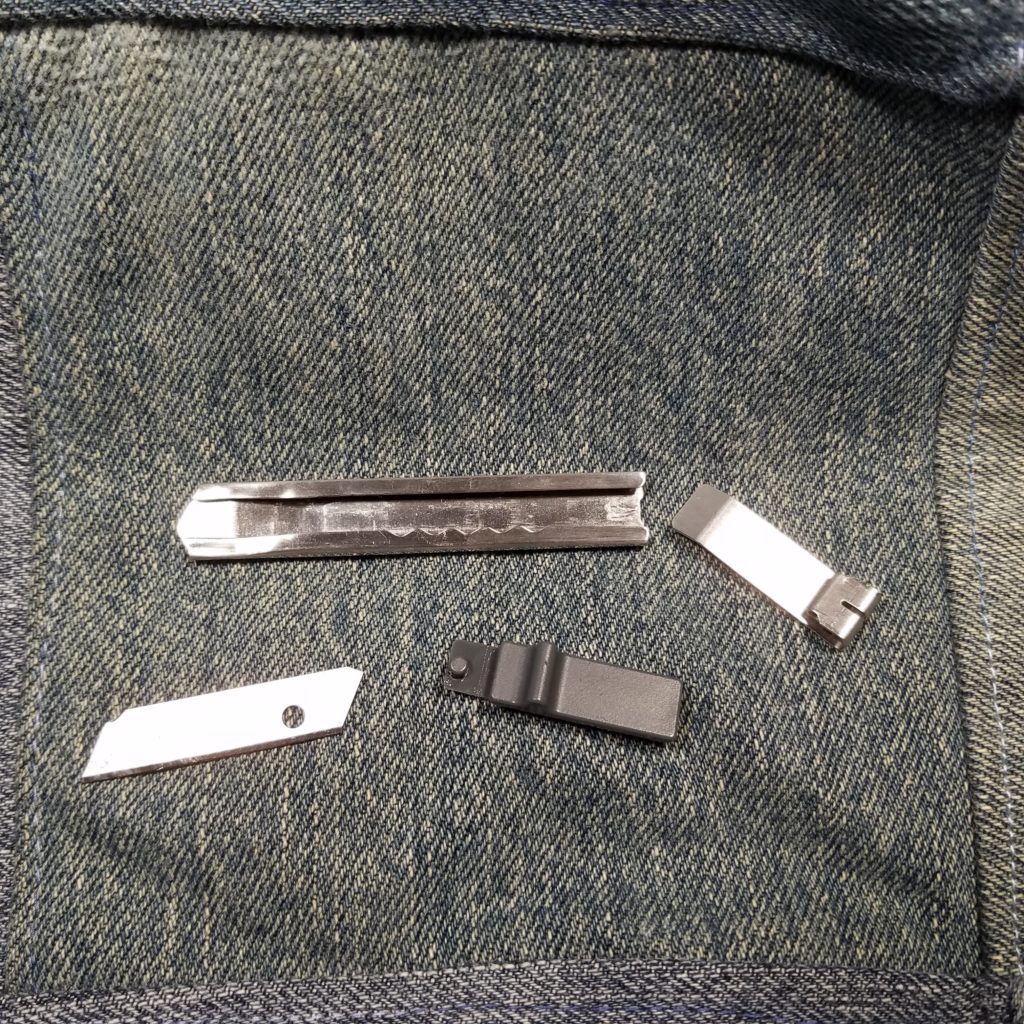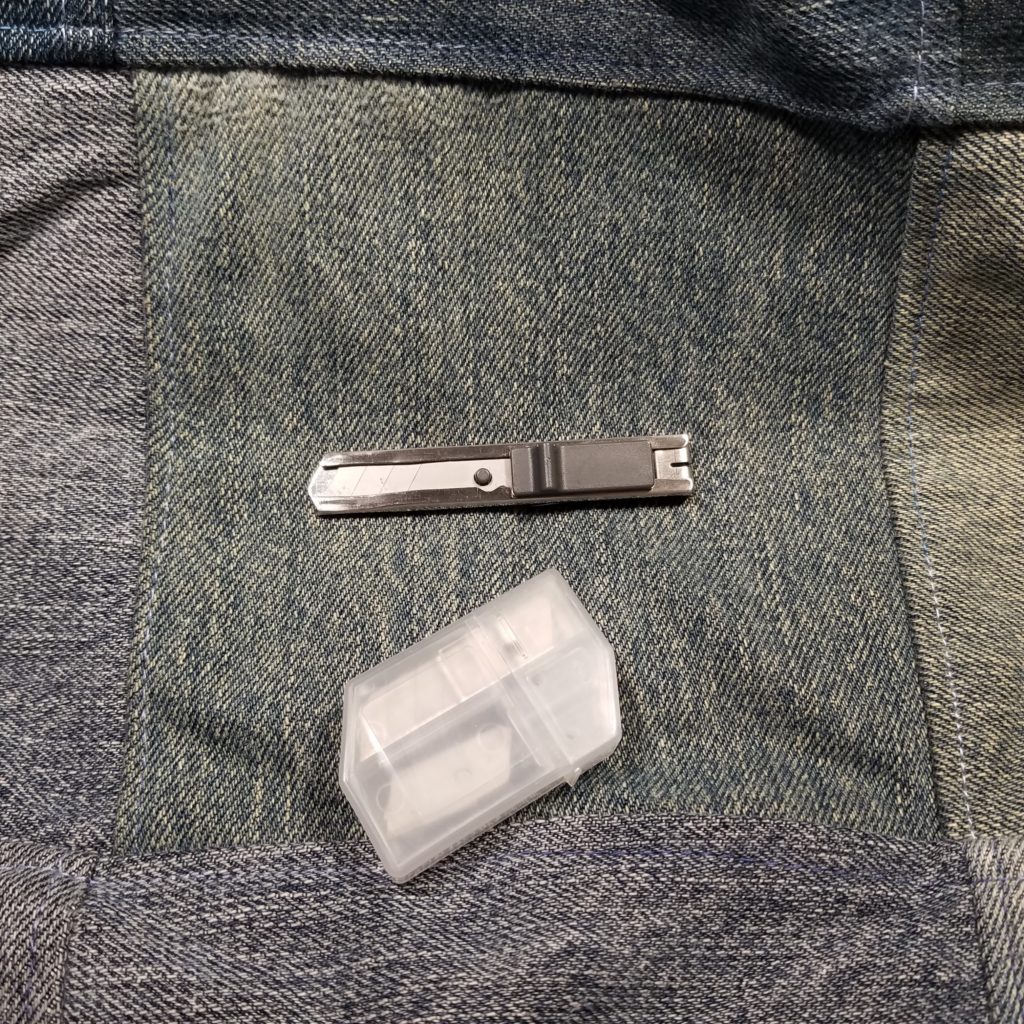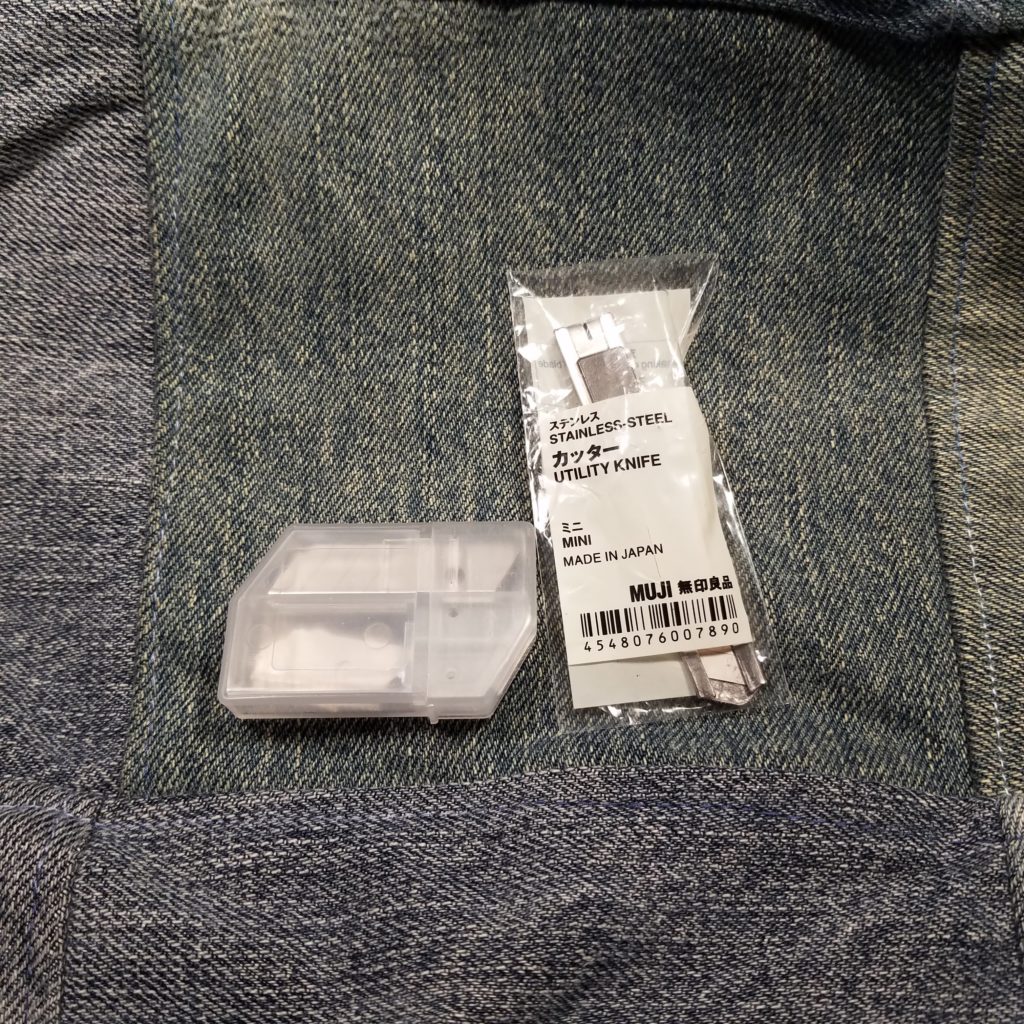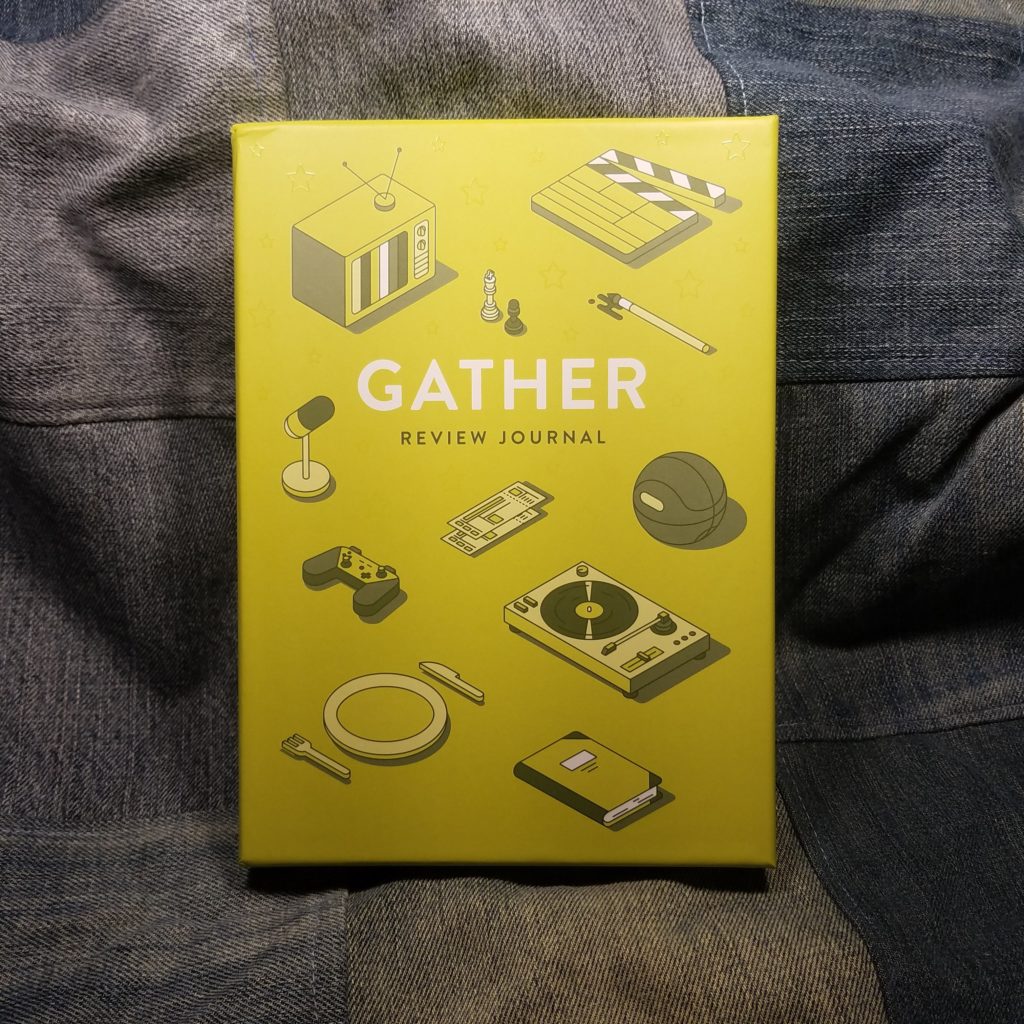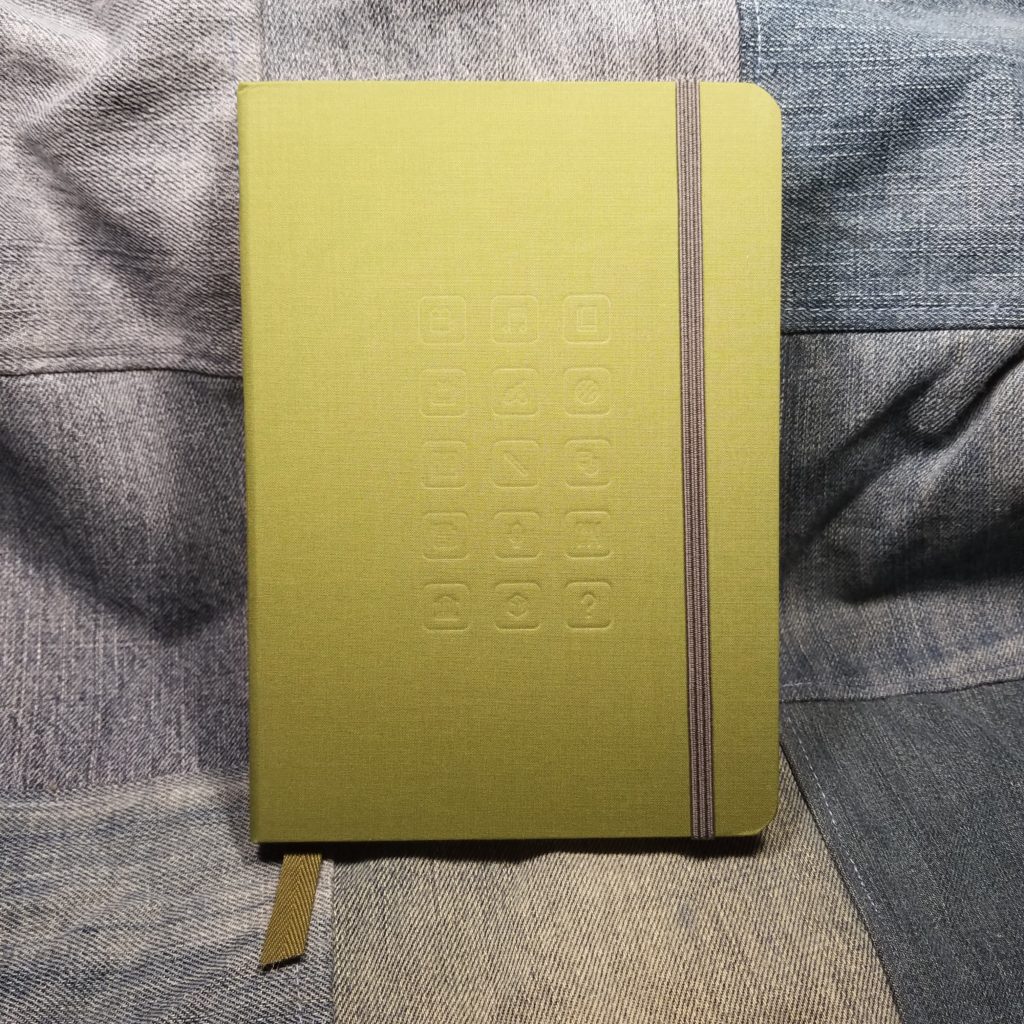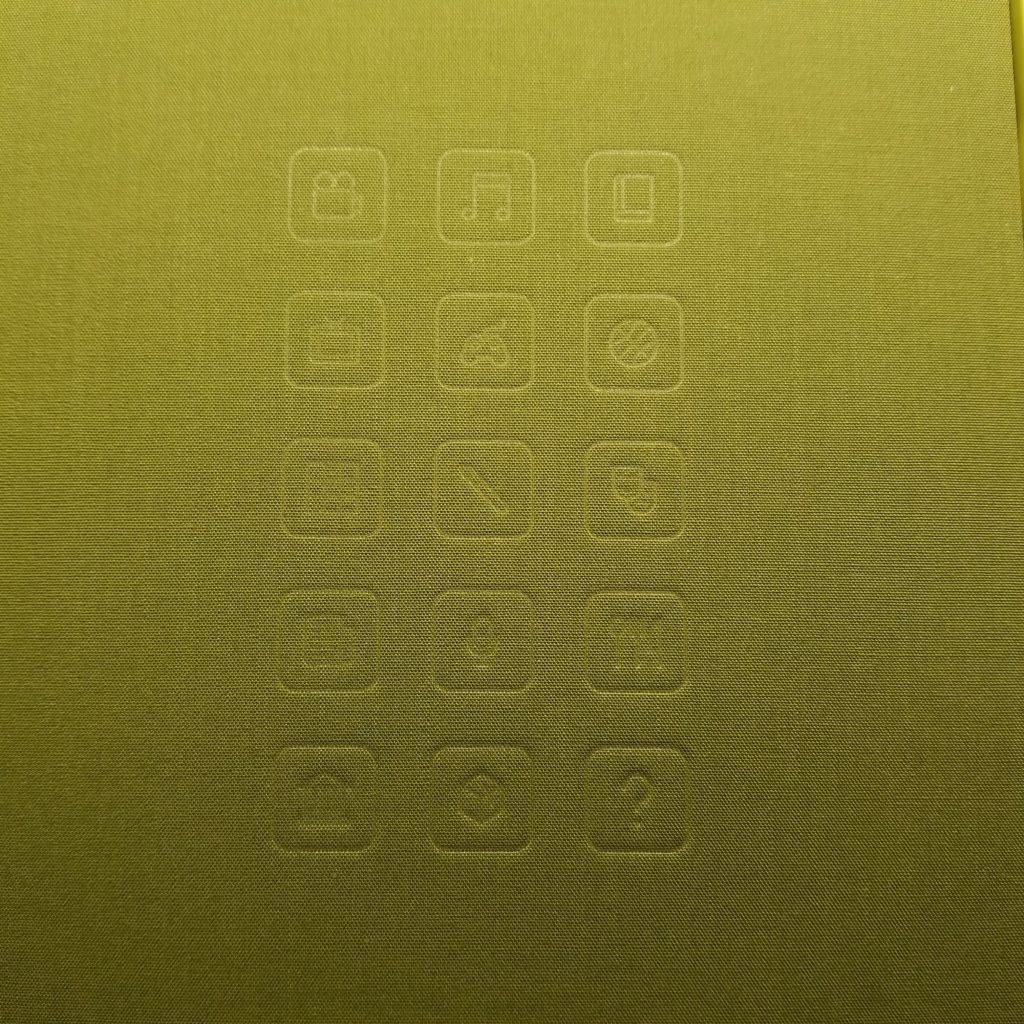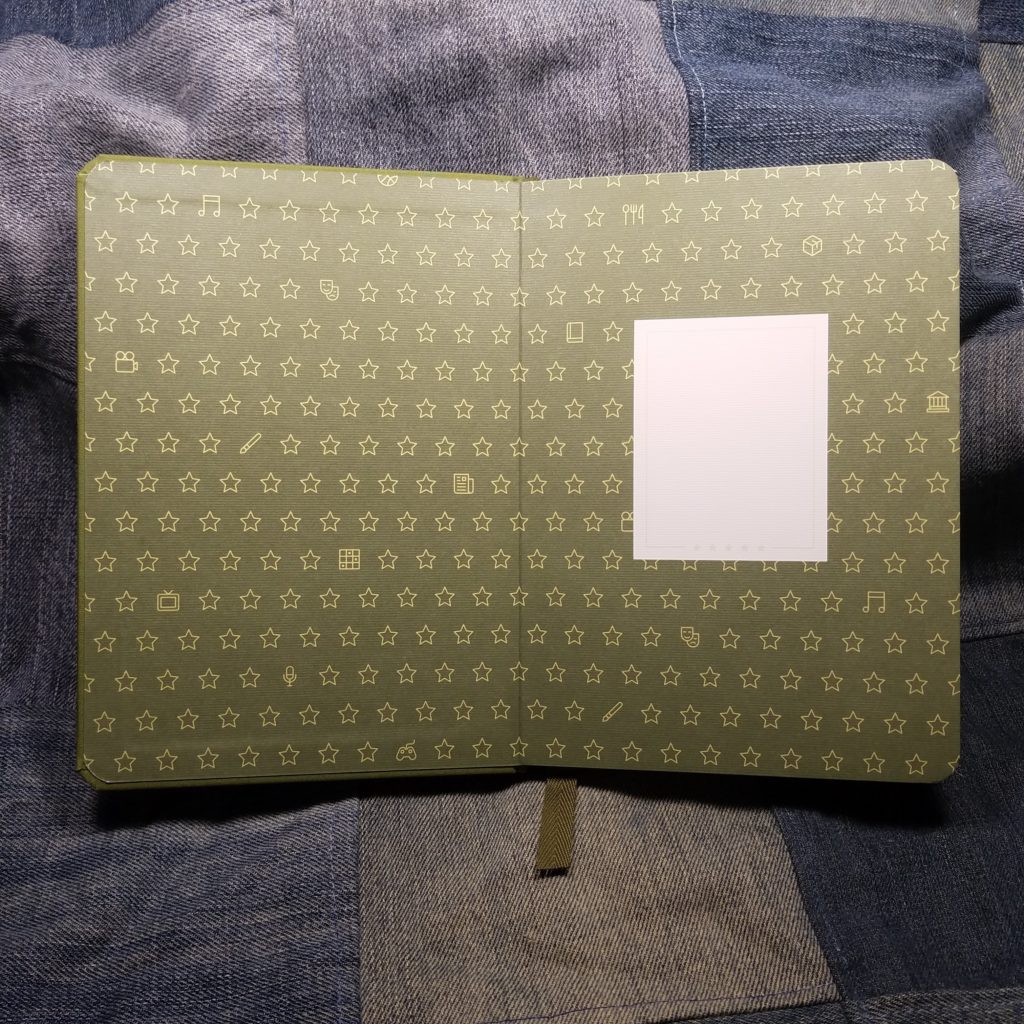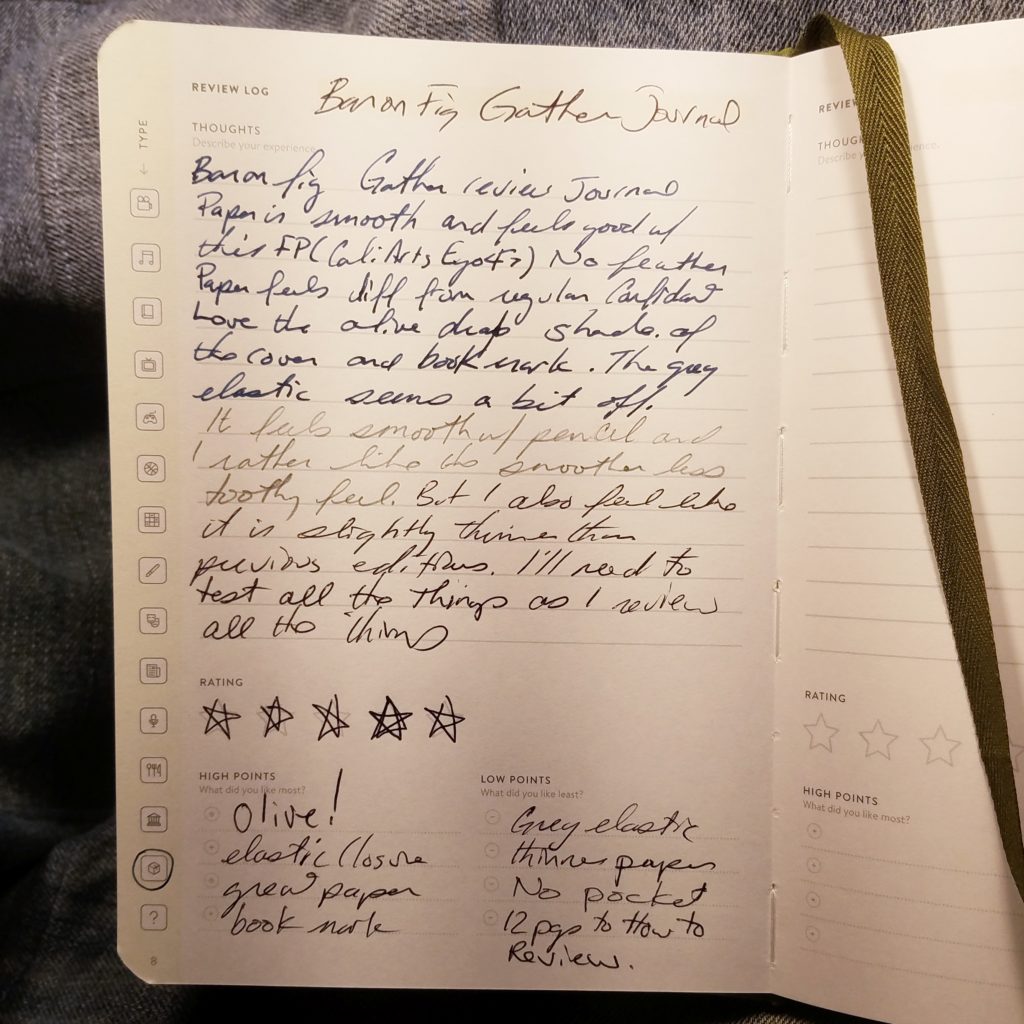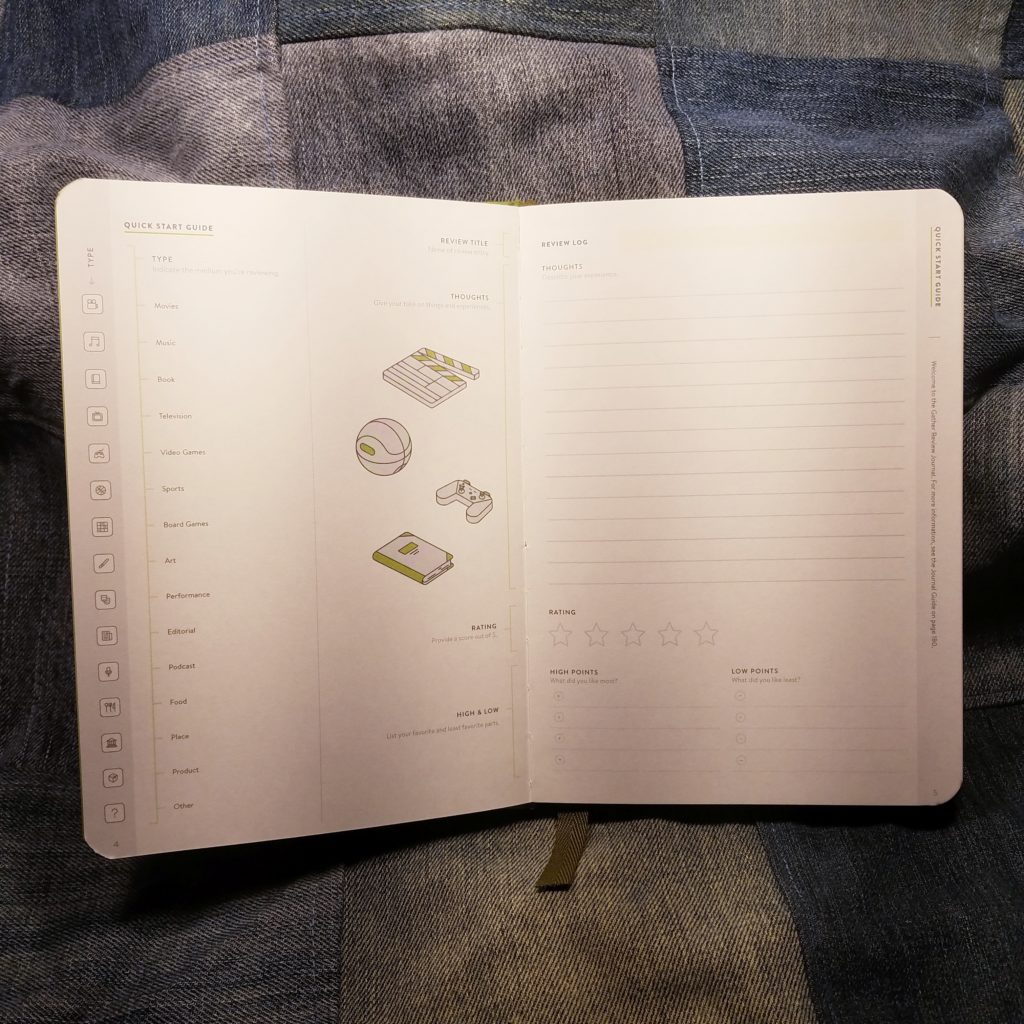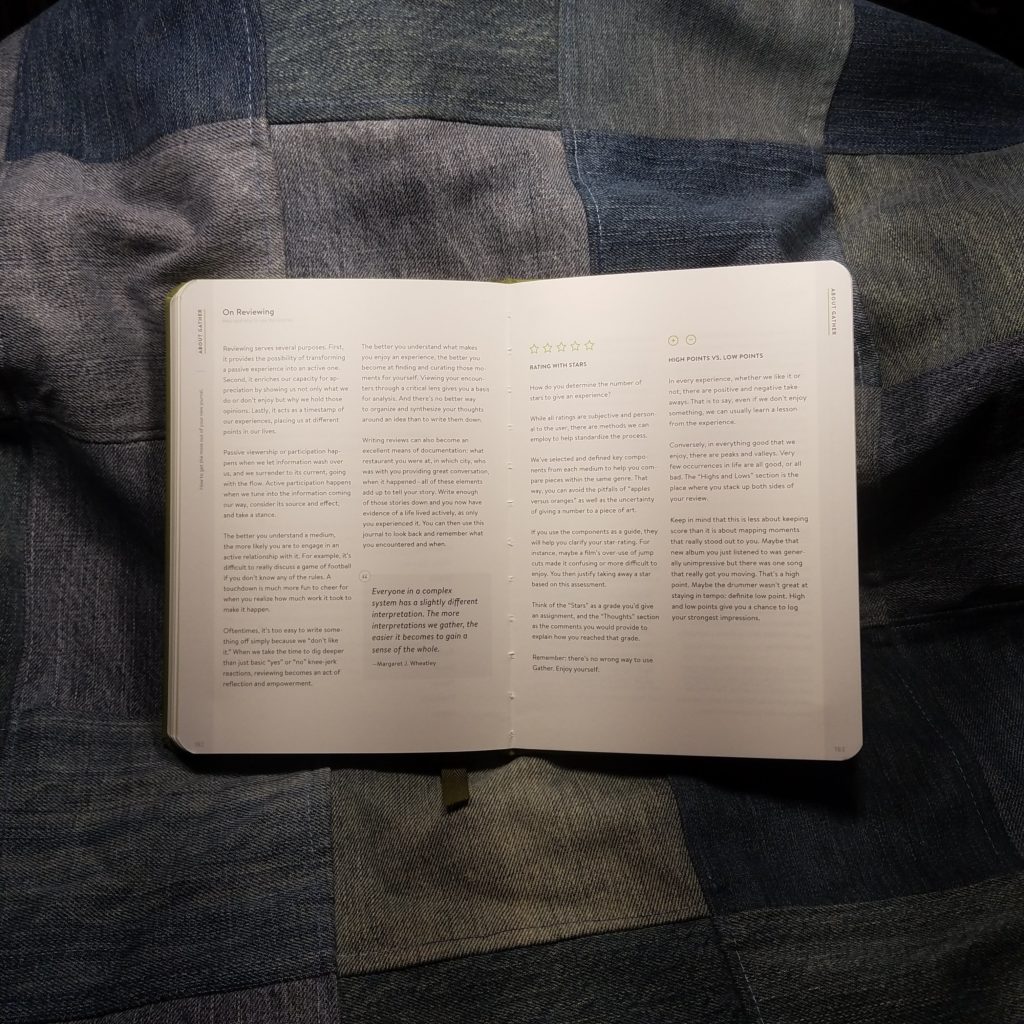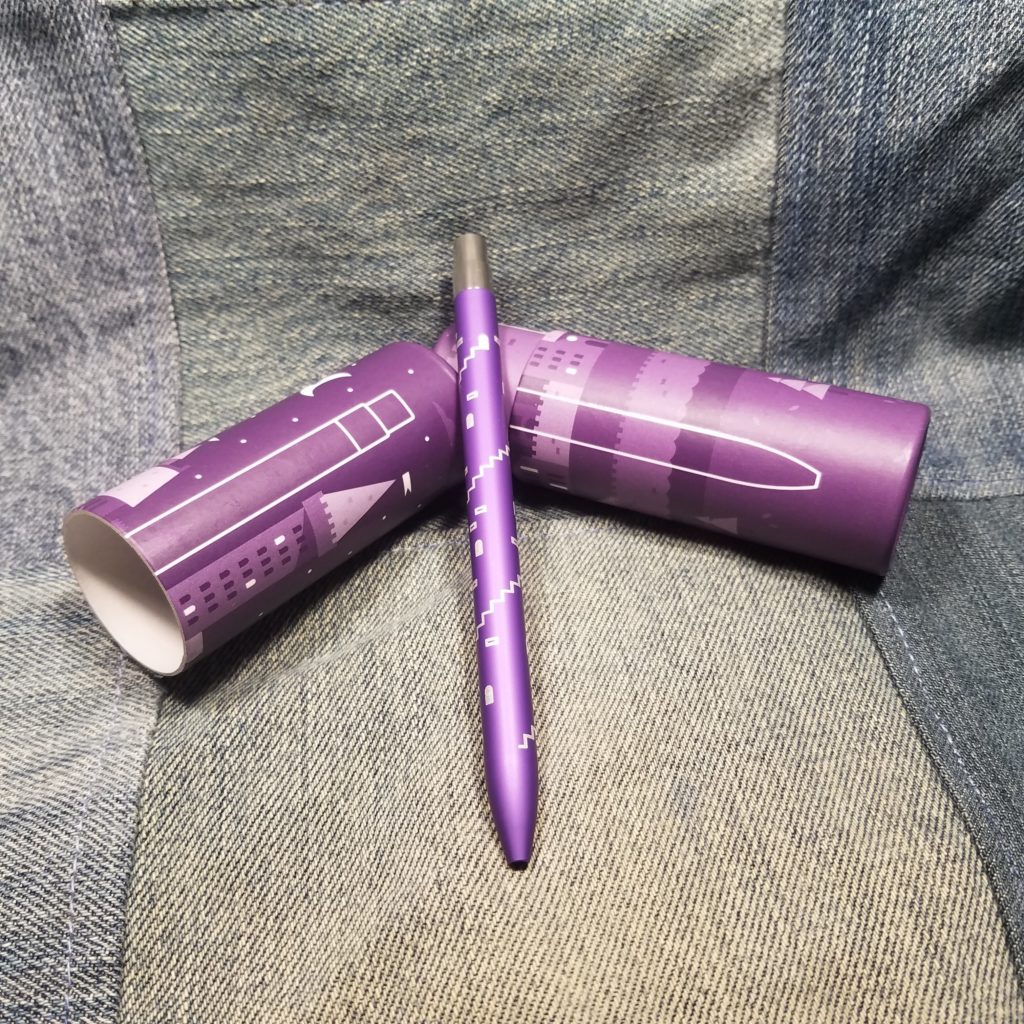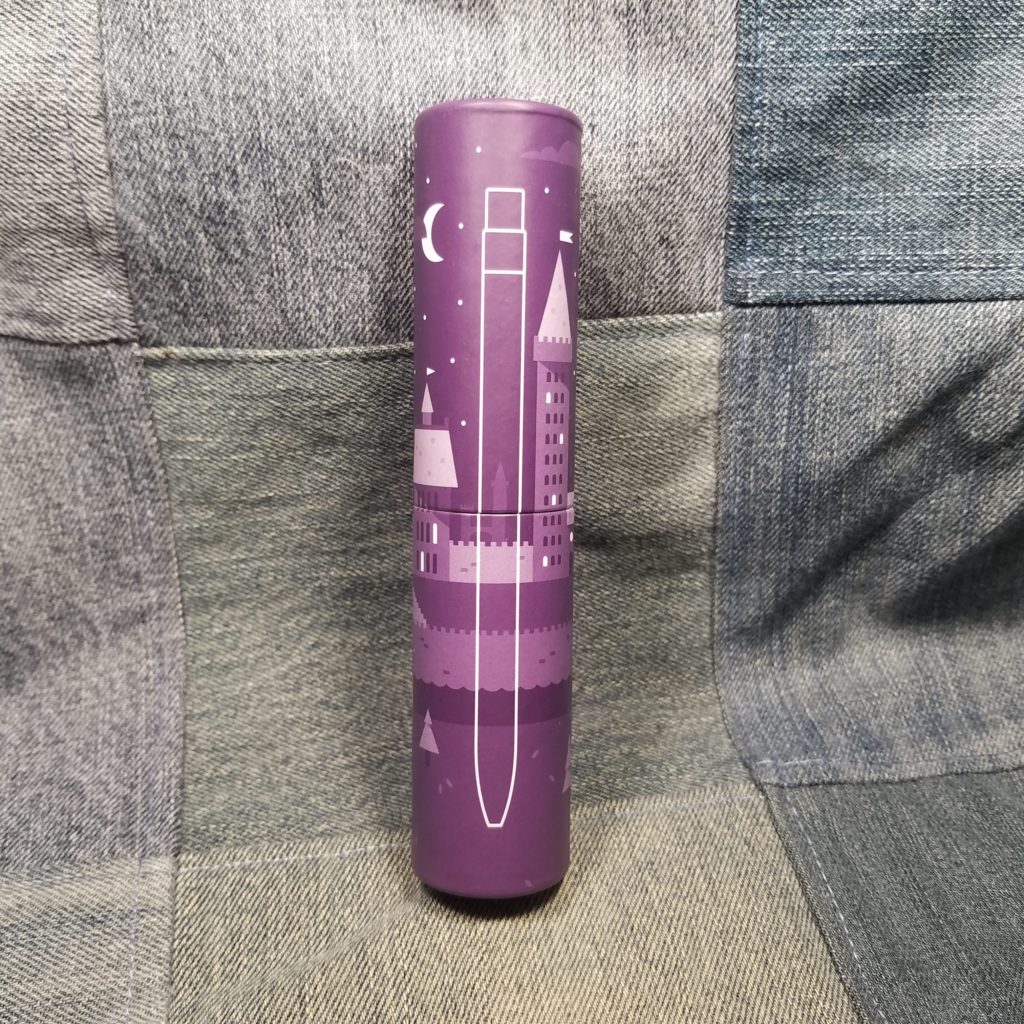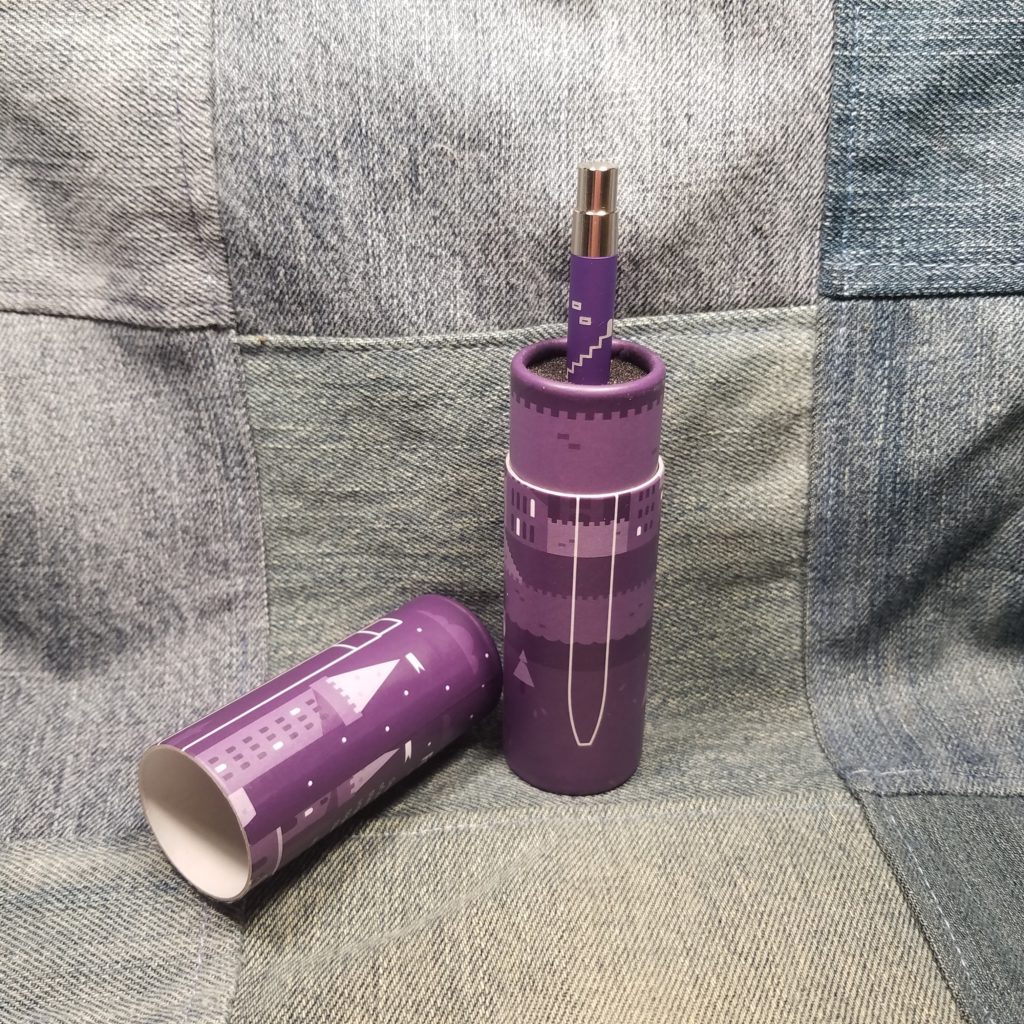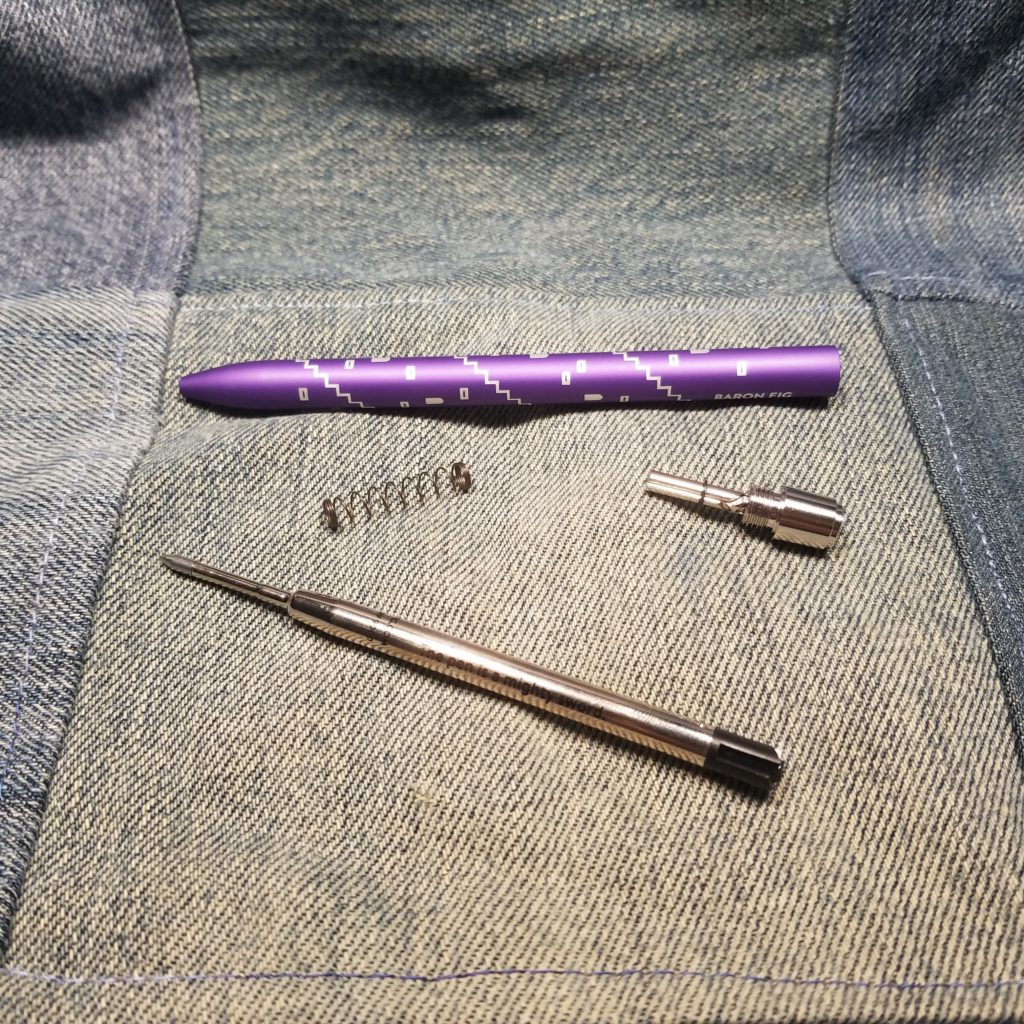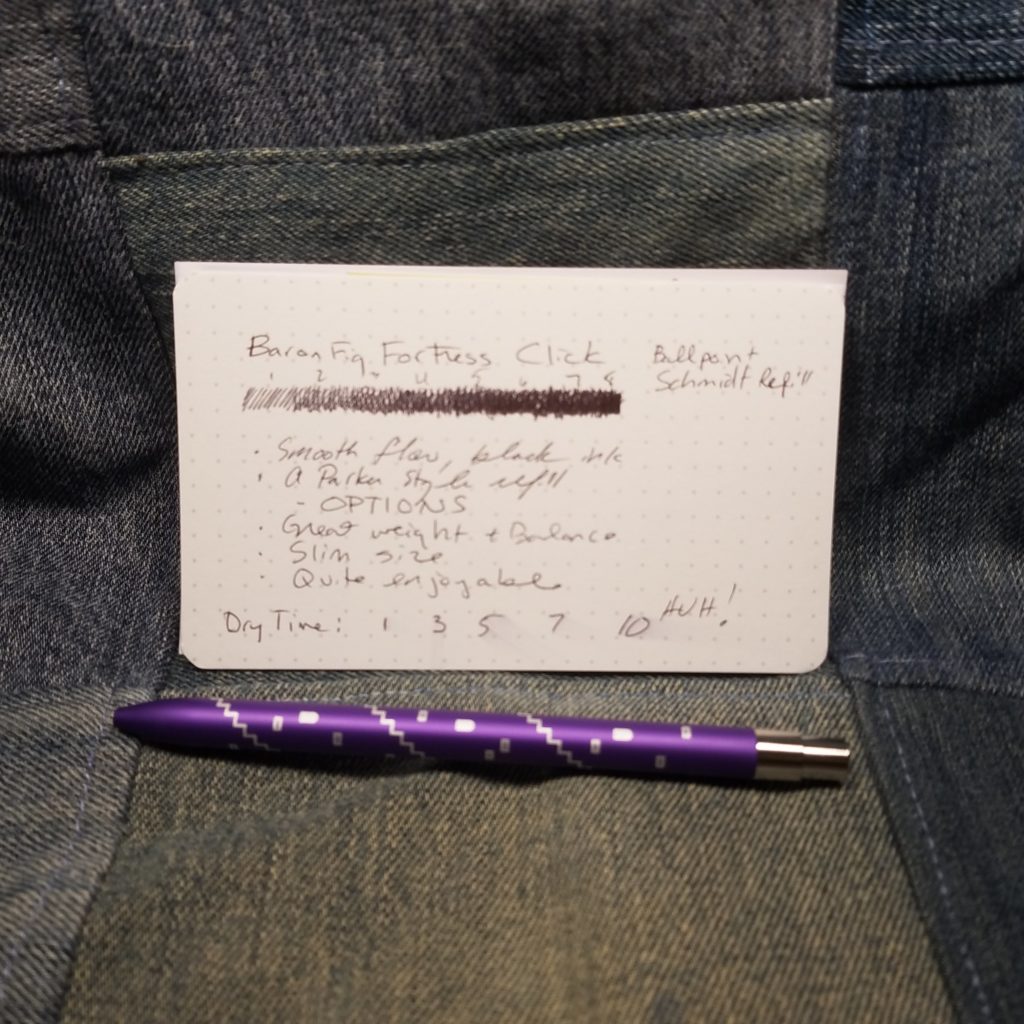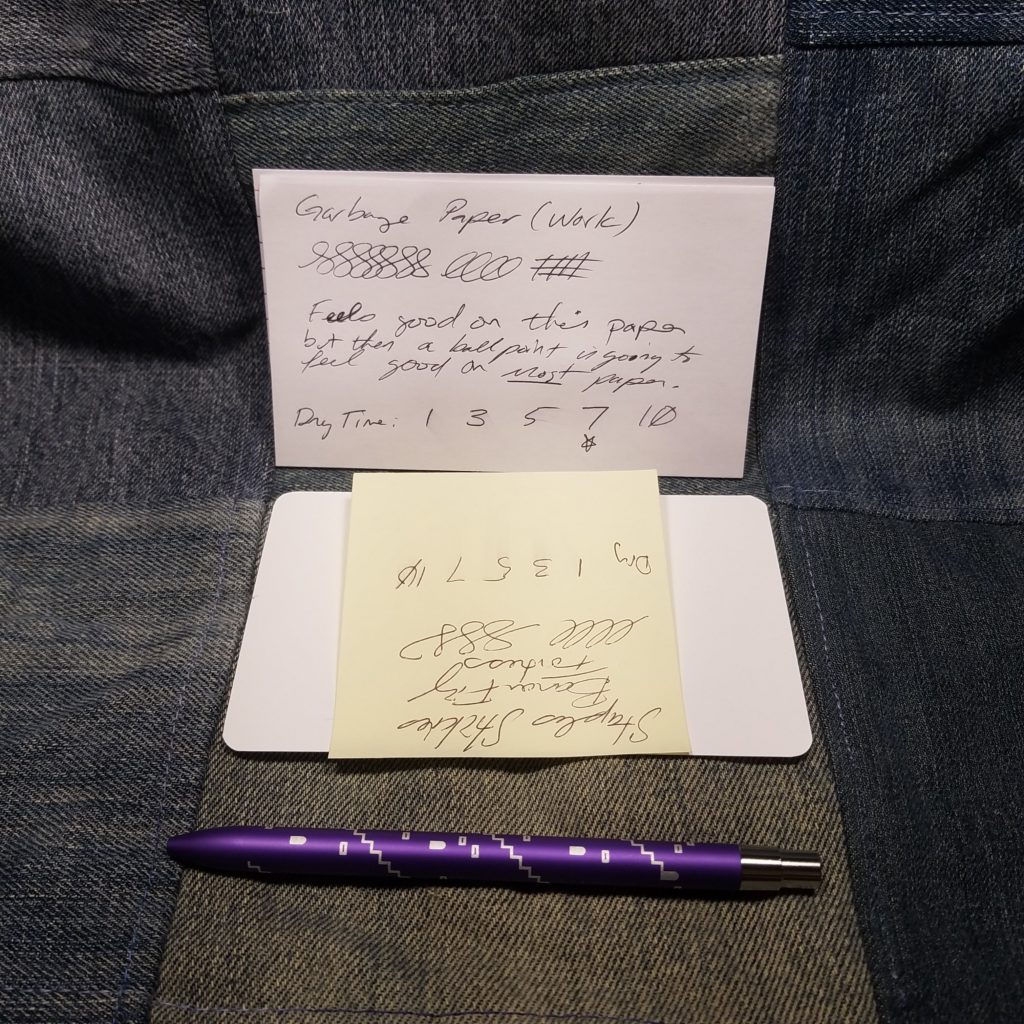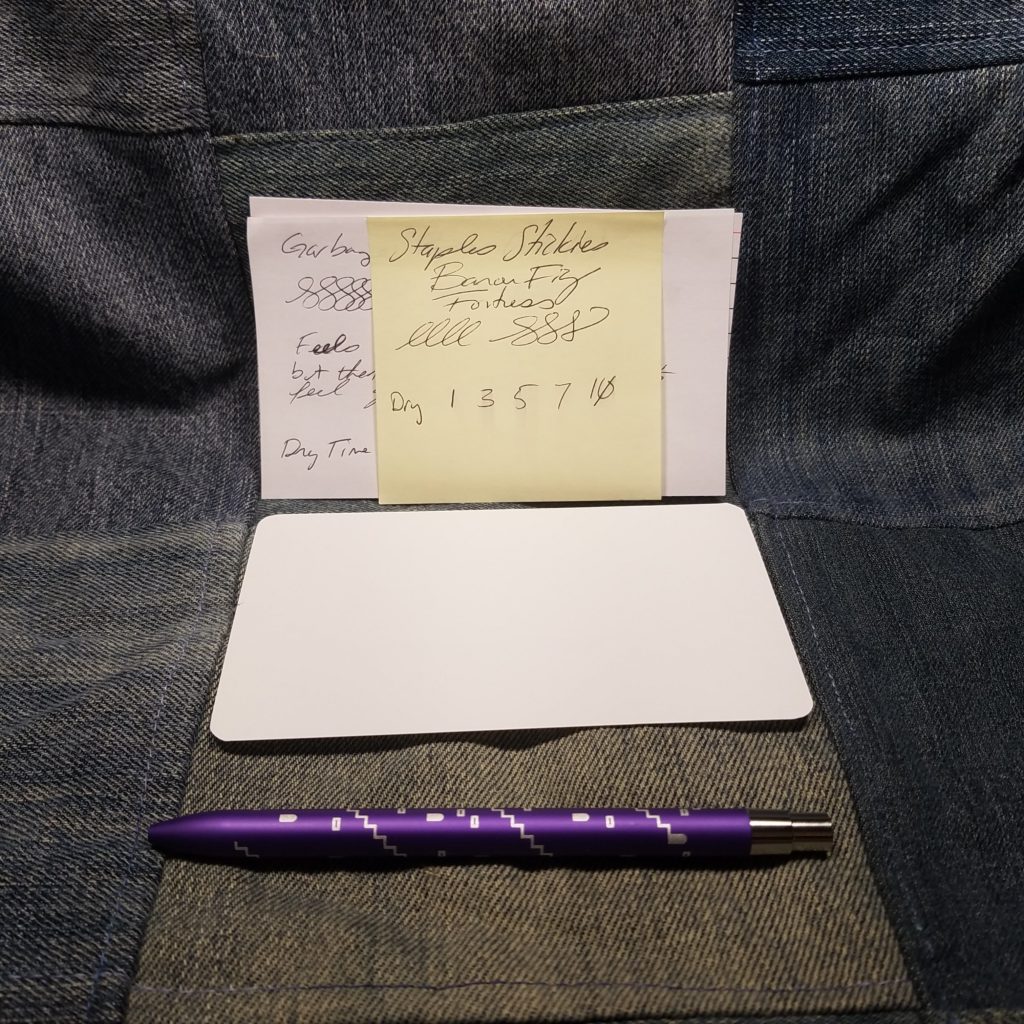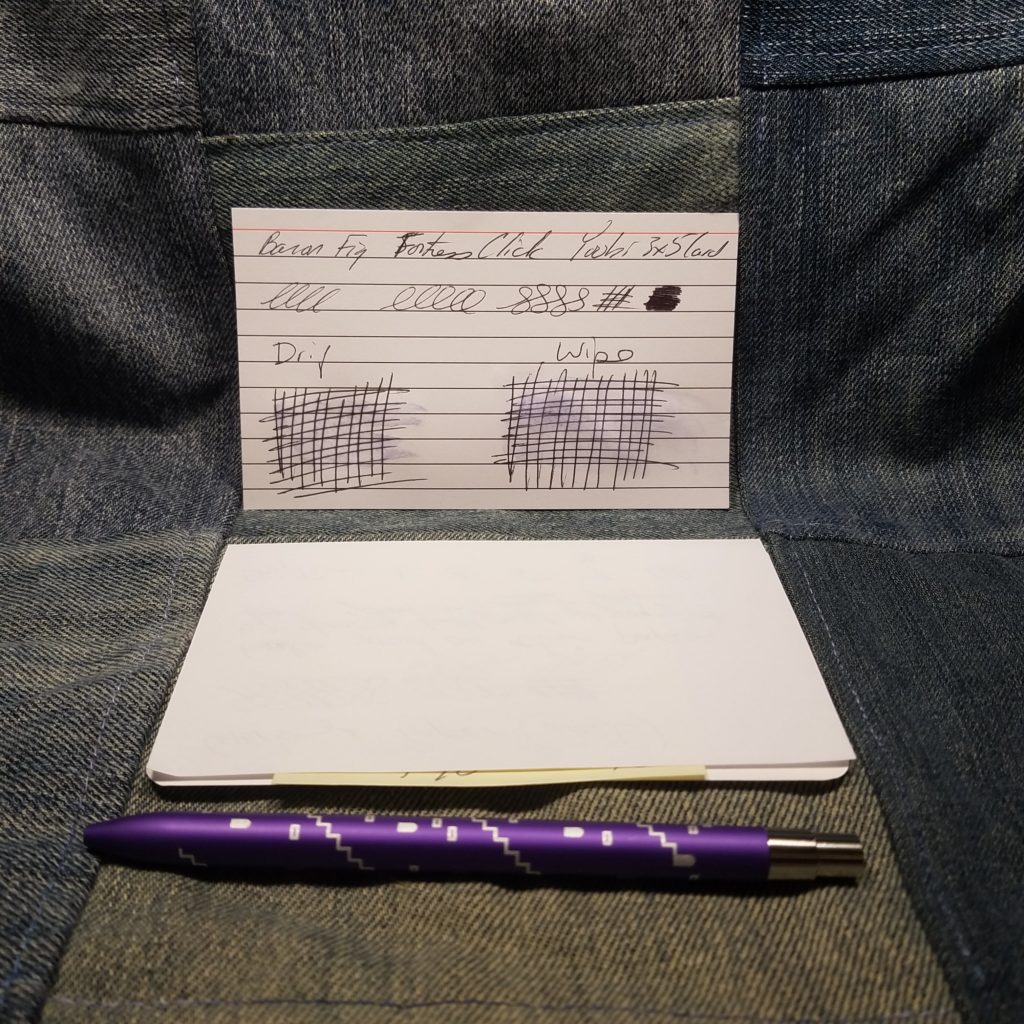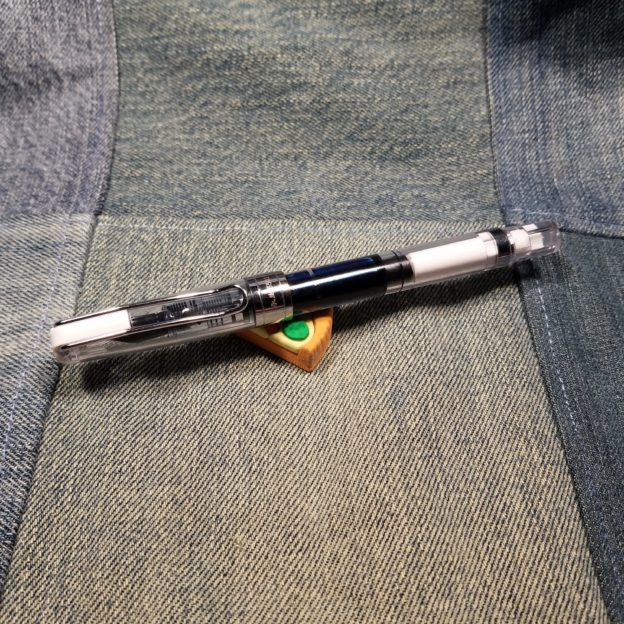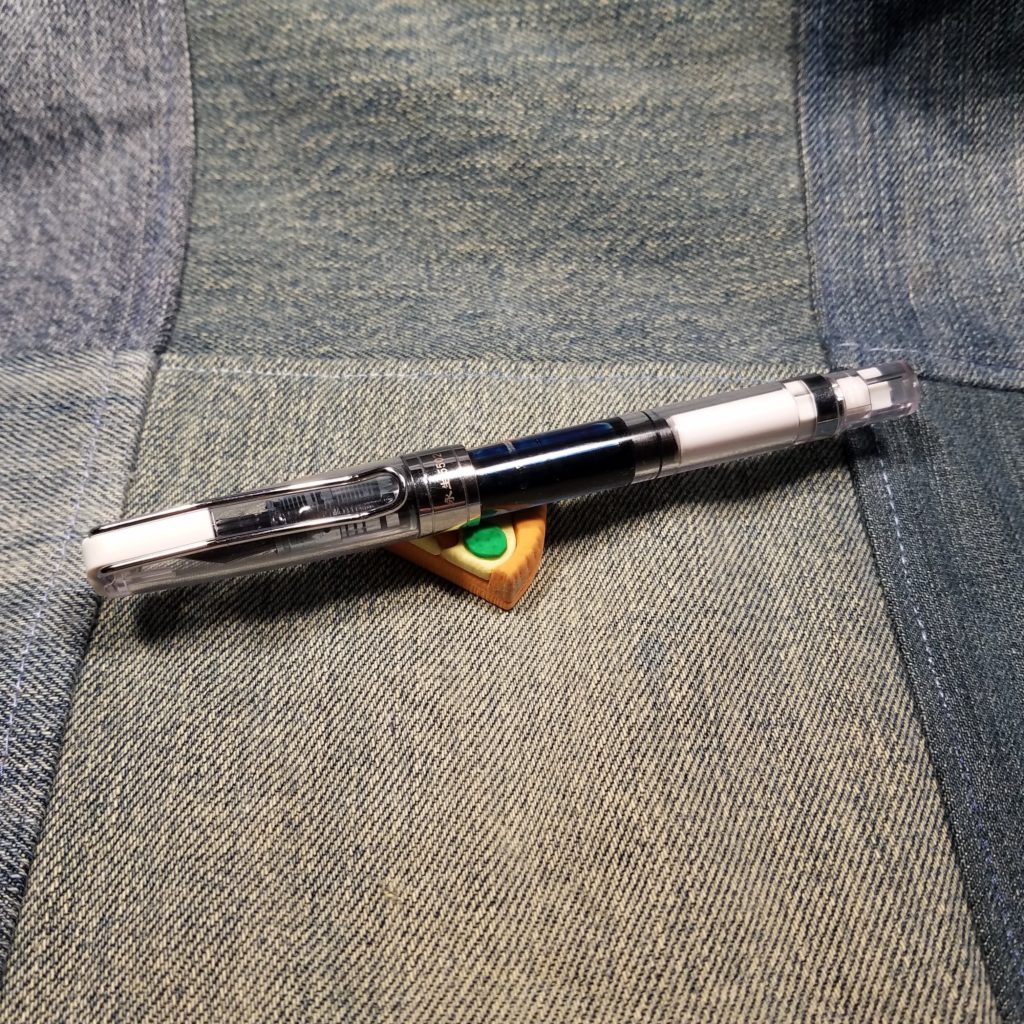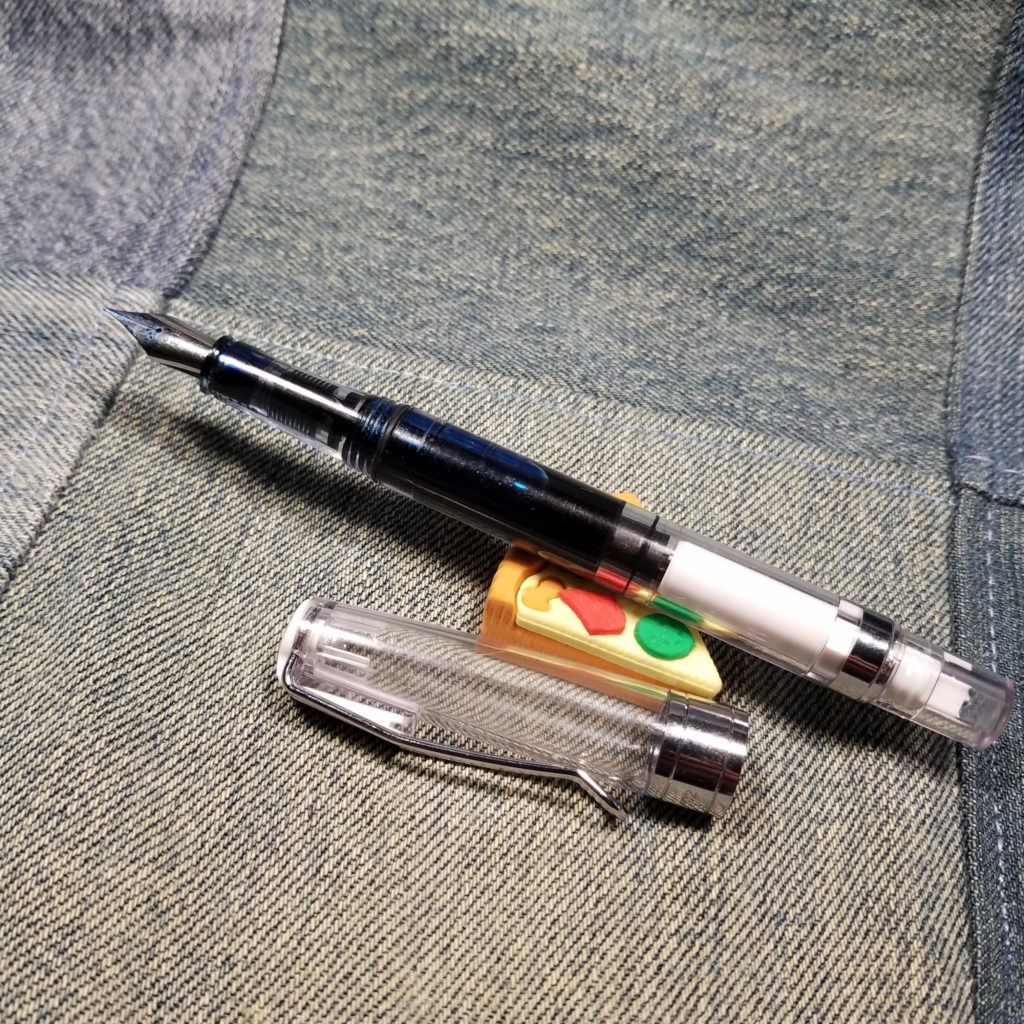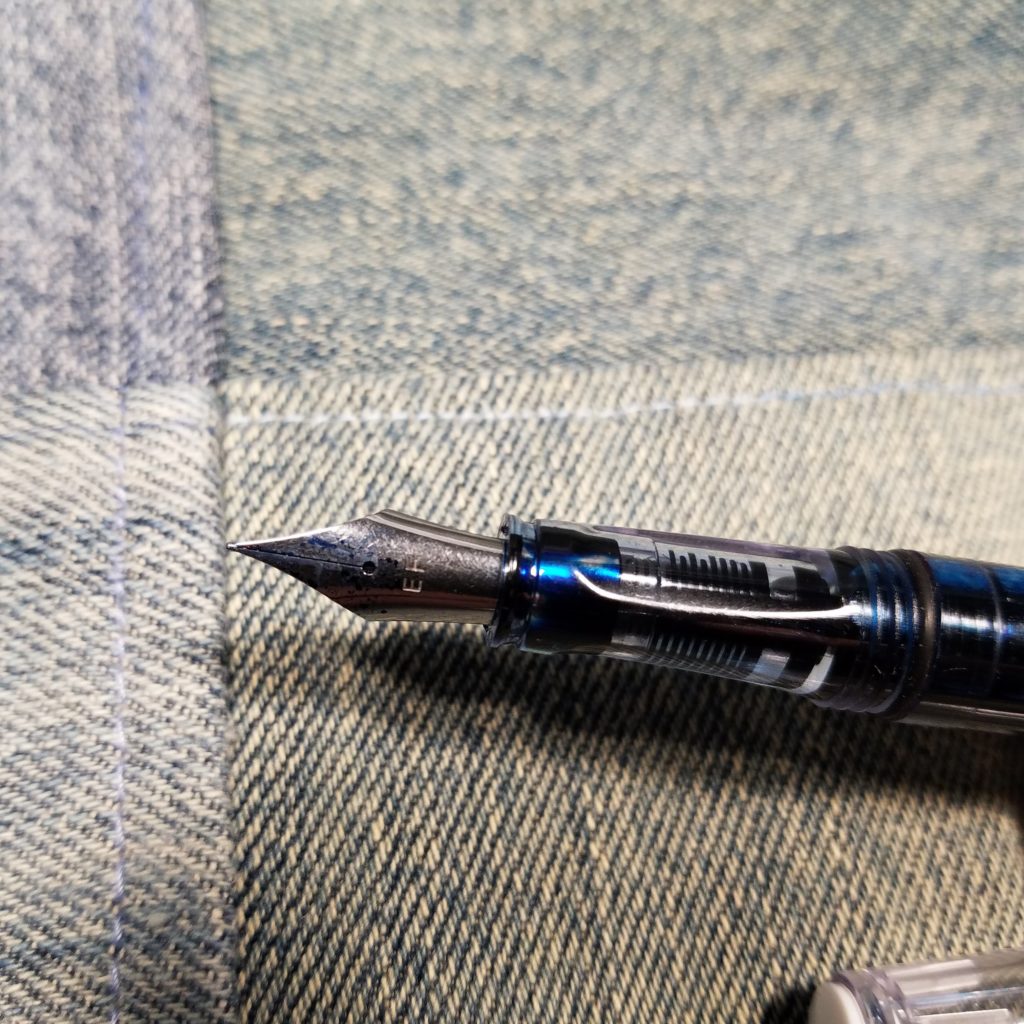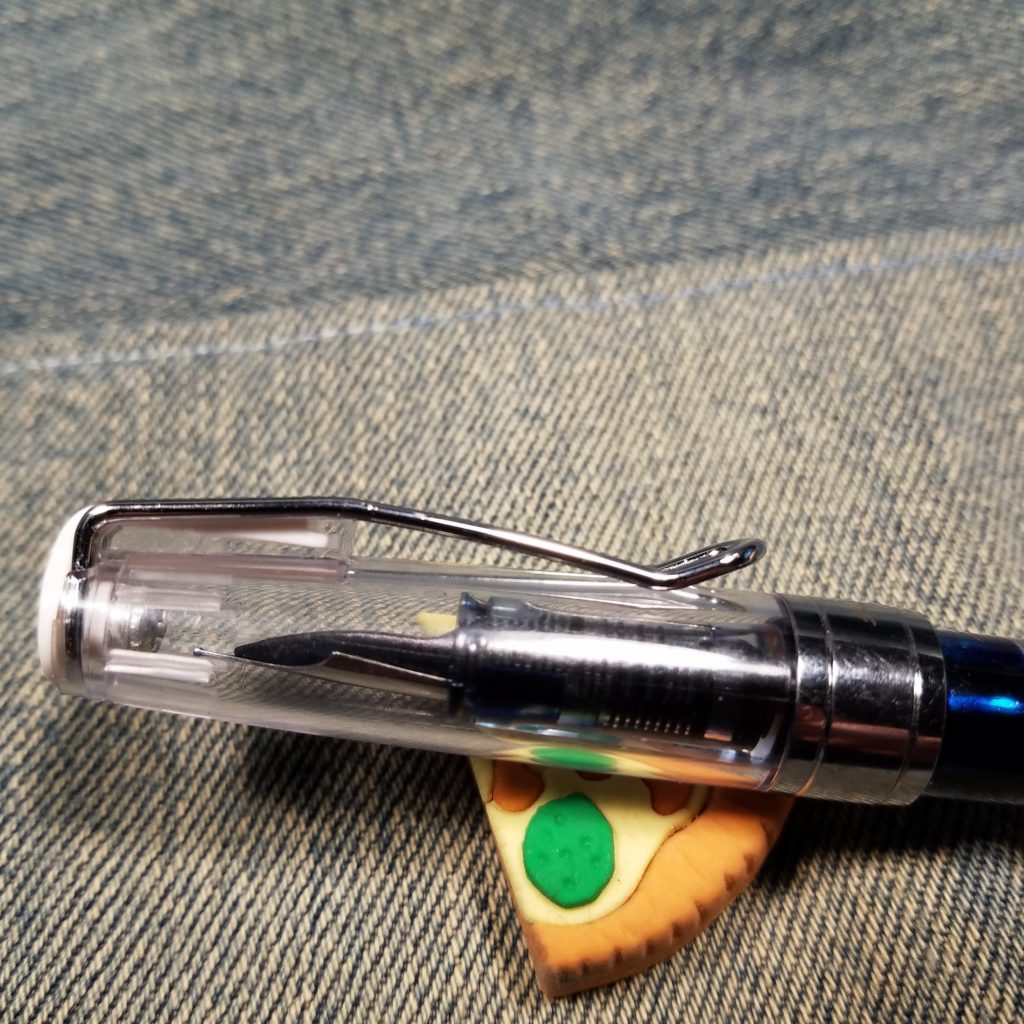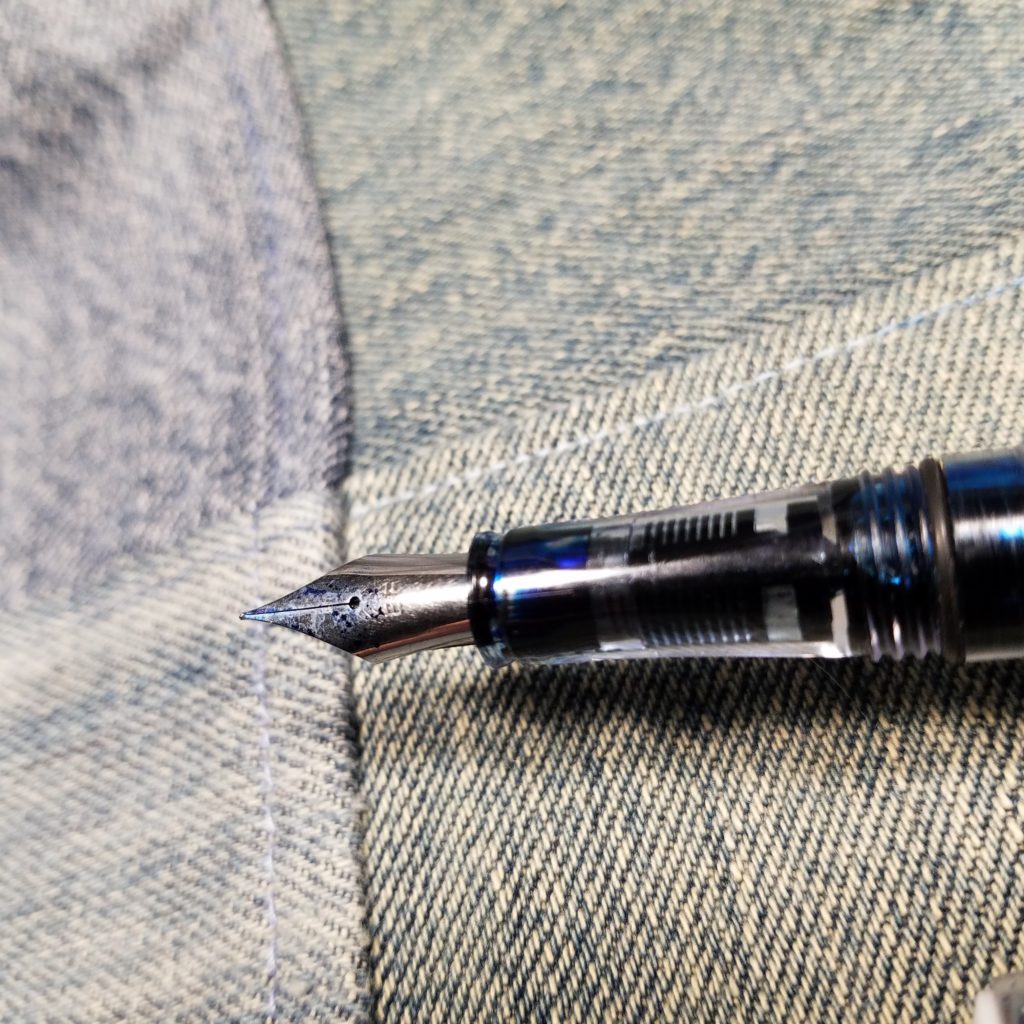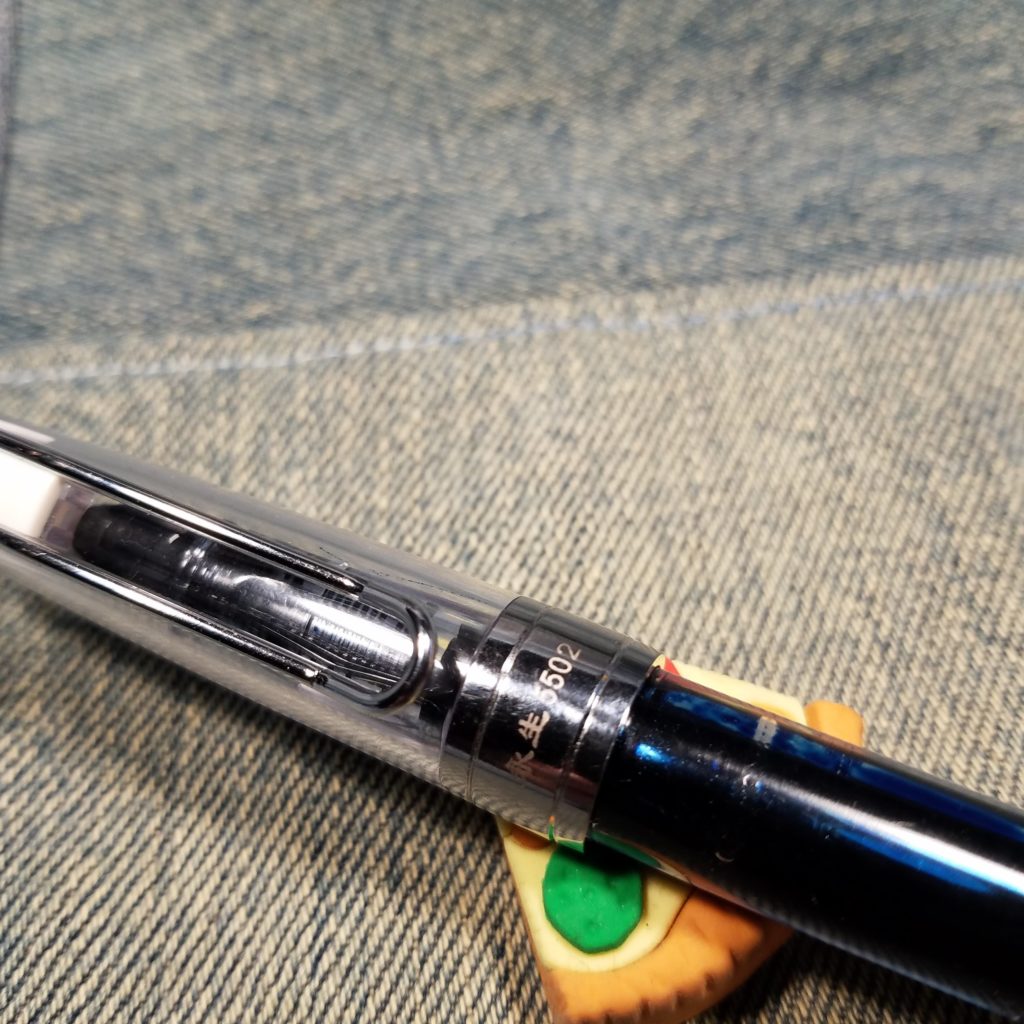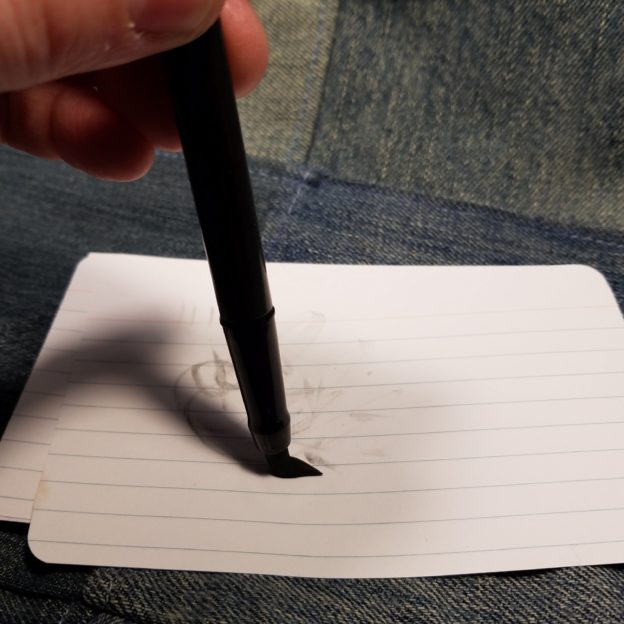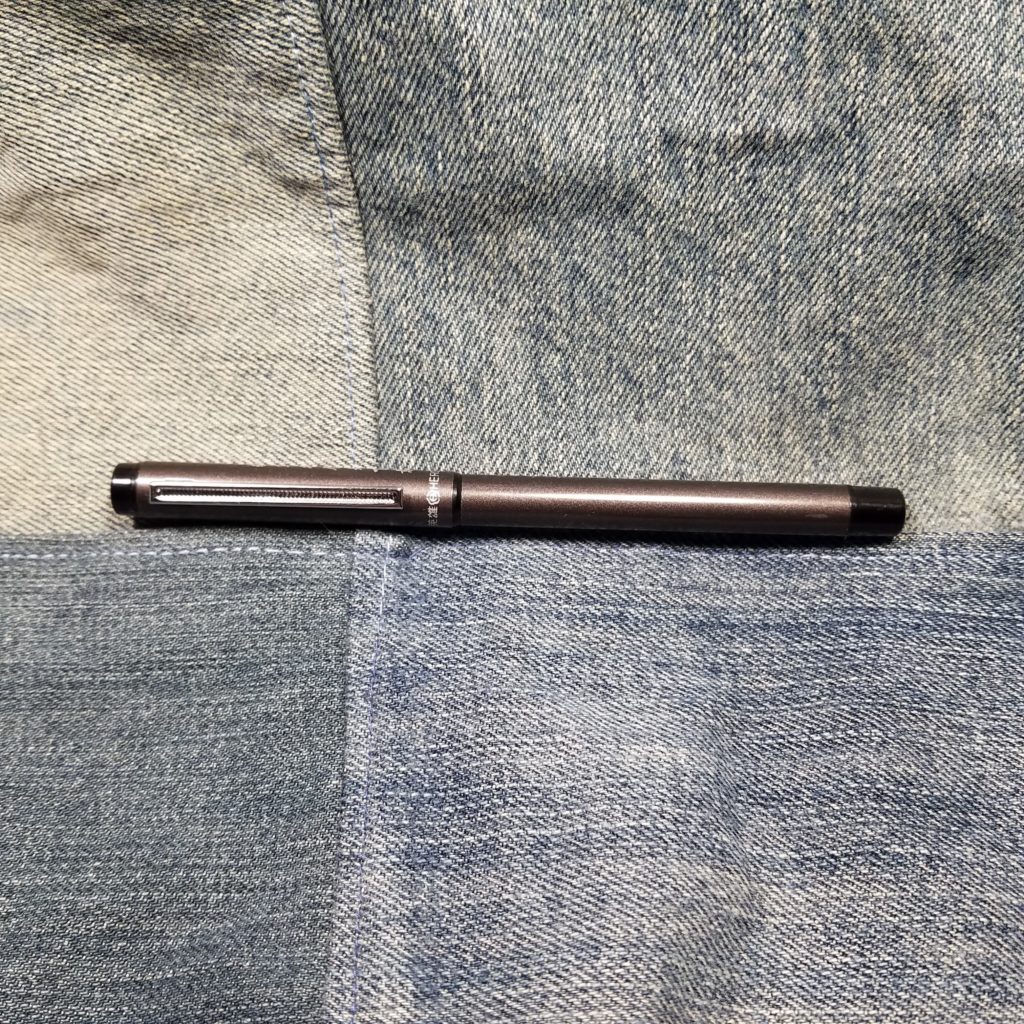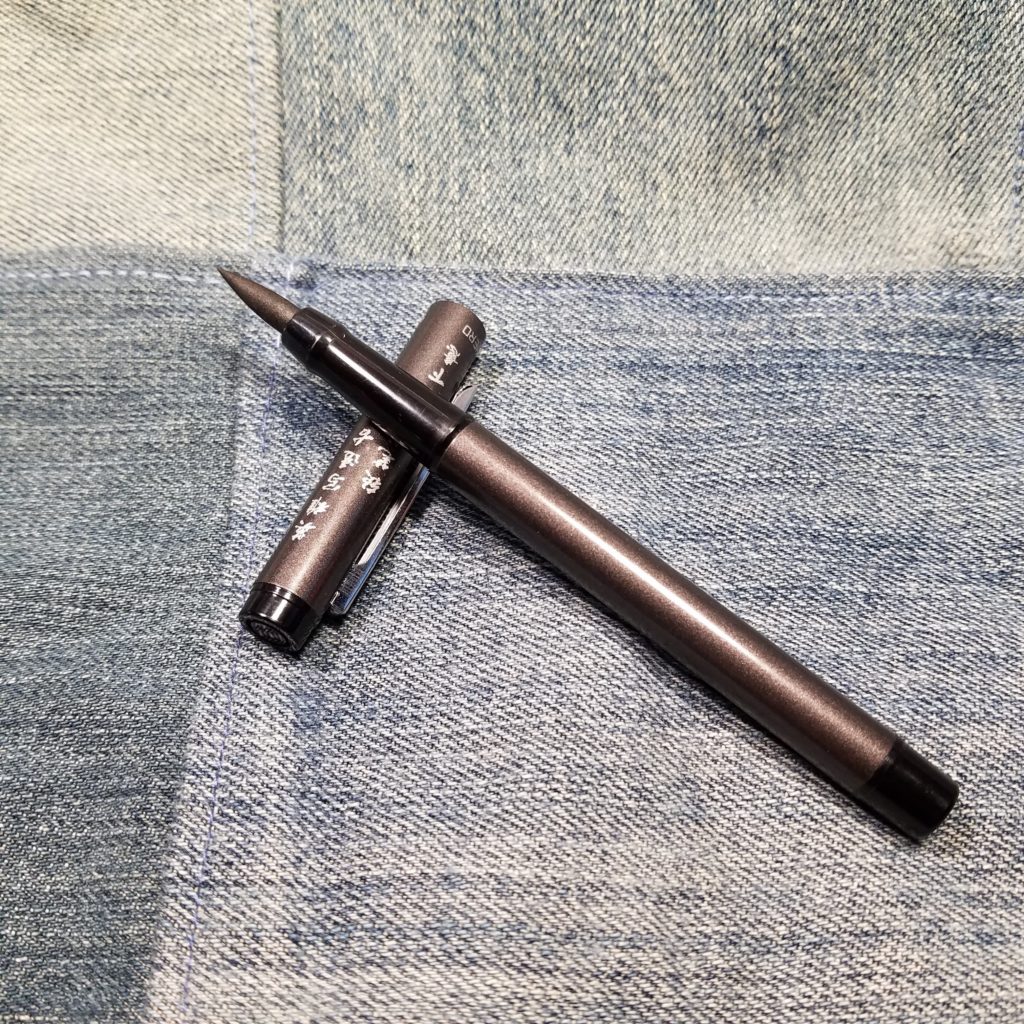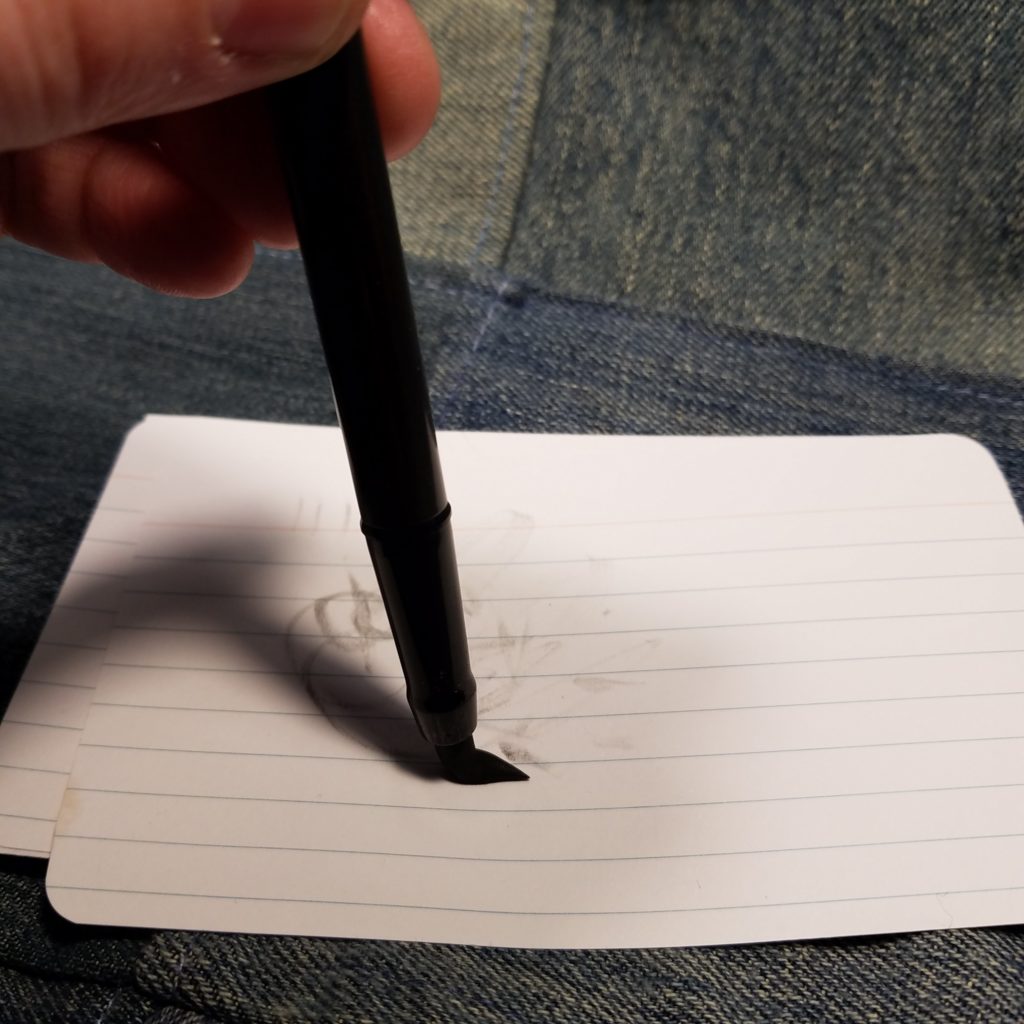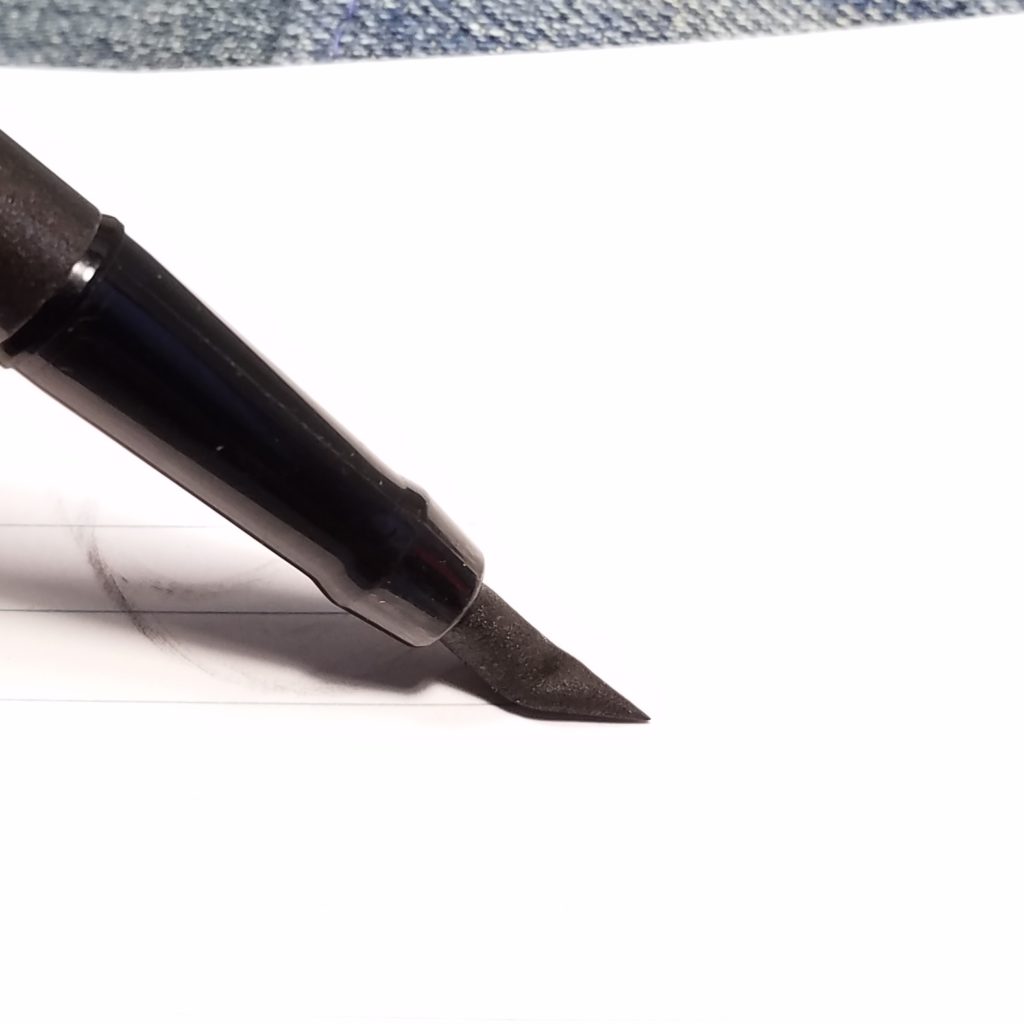Before I get into the nitty-gritty of this review, Dade and I sat down and recorded an episode of RSVP about the use of stationery in support of our other hobbies and activities. This has always been a core component of how I review but is especially important in this particular review.
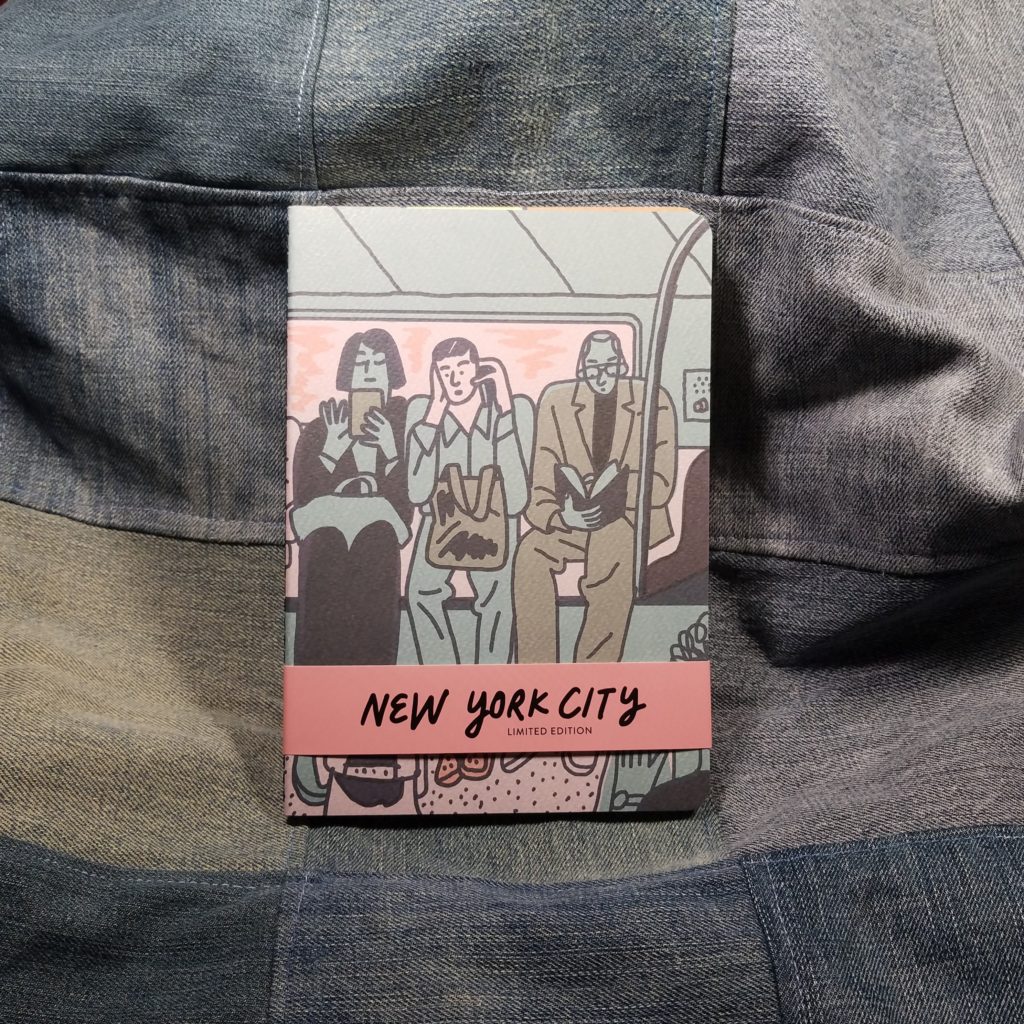
I’ll start with the basics that you all know about BF. I love their cream-colored toothy paper that works just as well for pencils as it does for fountain pens and gel ink. It holds up to brush pens and colored pencils and feels great every step of the way. To boil that down- if you like dot grid and use almost any writing utensil it’s great. They use the same paper in the Vanguards as they do in the Confidants. Near paper perfection.
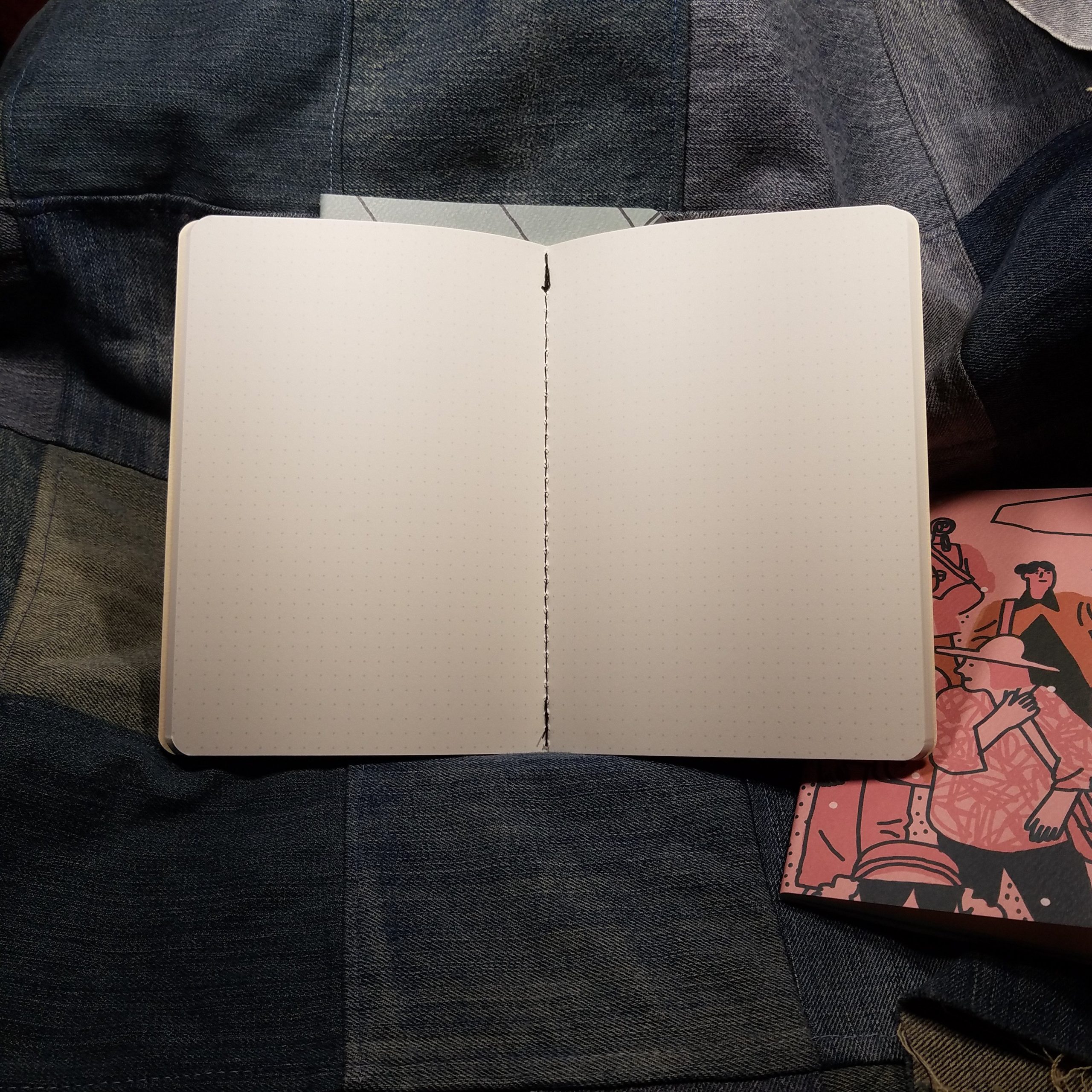
The vanguard is a 72 page stitched soft cover notebook. The cover stock is thick and textured. The stitching on this edition is black and sturdy. They do use back tacking to secure the ends, which is better and more secure than cutting the stitching but can leave an unsightly bundle of threads at the edges of the book. None of mine have this issue. Occasionally the stitching will be crooked or off-center, but all of mine were good.
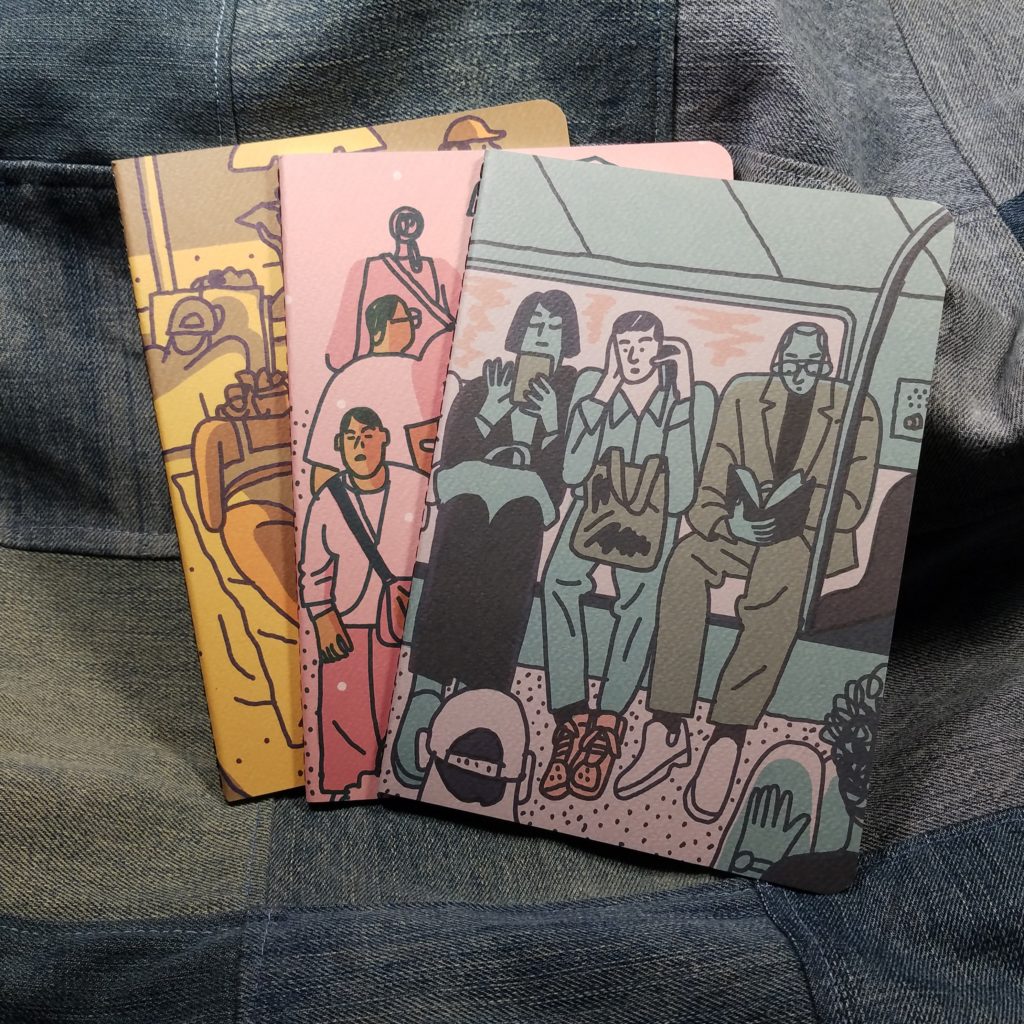
The covers of this one have art created by Josh Cochran. The colors are subtle blends of CMYK to create a near monotone effect. I’m not sure if this is intentional but I enjoy the various shades created. The lines in the art are both thick and shaky at the same time, and folks, I am here for it. Inside the covers are printed with a softer shade of the exterior of the main color of the covers. The back cover features a little doodle in the same theme as the cover. They are cute and a fun little addition to the notebooks. There are 3 different designs for the covers one yellow, one blue-green, and one in pinks. They are all lovely.
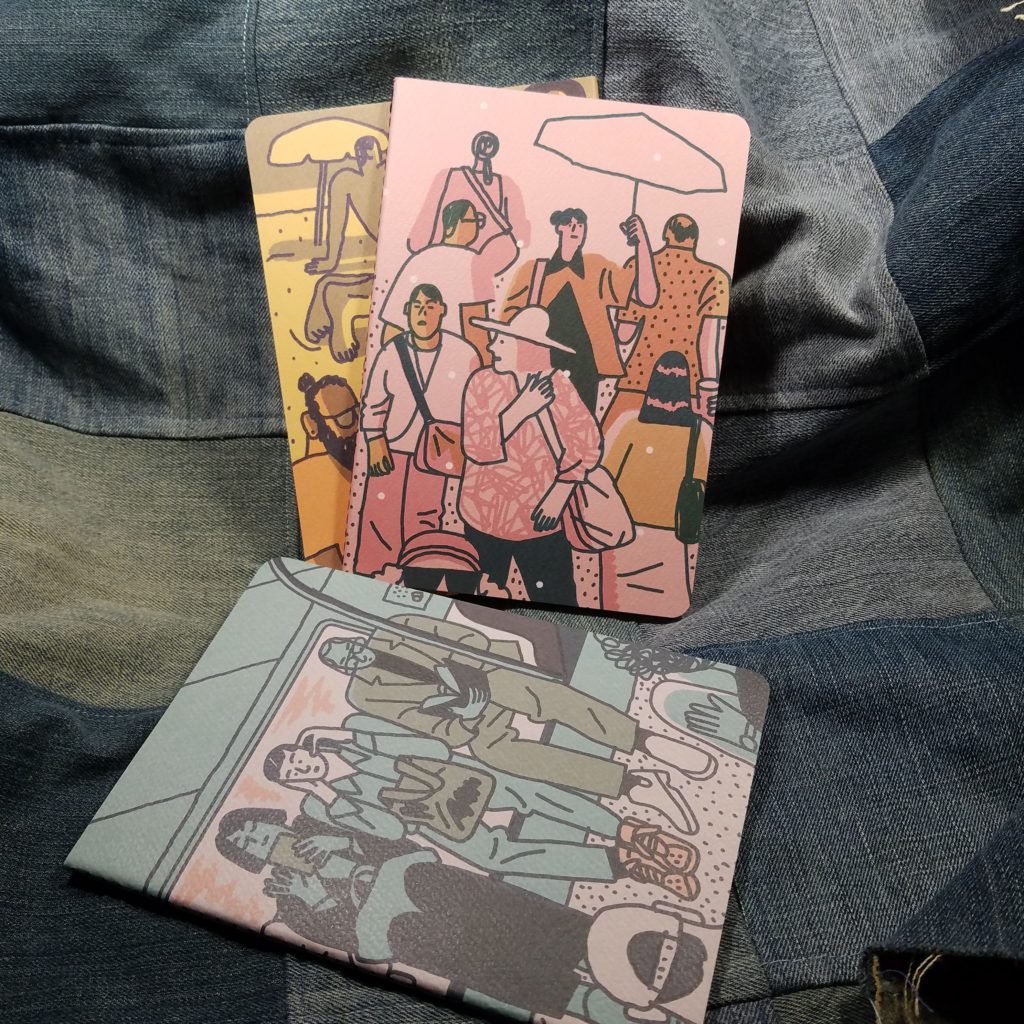
After ripping this package open, shooting pics for this review, I immediately pressed what I term the “summer” or yellow notebook into use for my garden planning and seed starting log. I’ve made my way through about the middle of the book. It has been tossed around my bag, the truck of my car, and had copious plans scribbled into its pages. What I really love about the Vanguards is that they are just the right size for a small to medium-sized project. 72 page is just right. The size of the pages is just right, and the softcover format allows you to open the book up flat to spread your ideas out across 2 pages without an overwhelming lump in the middle.
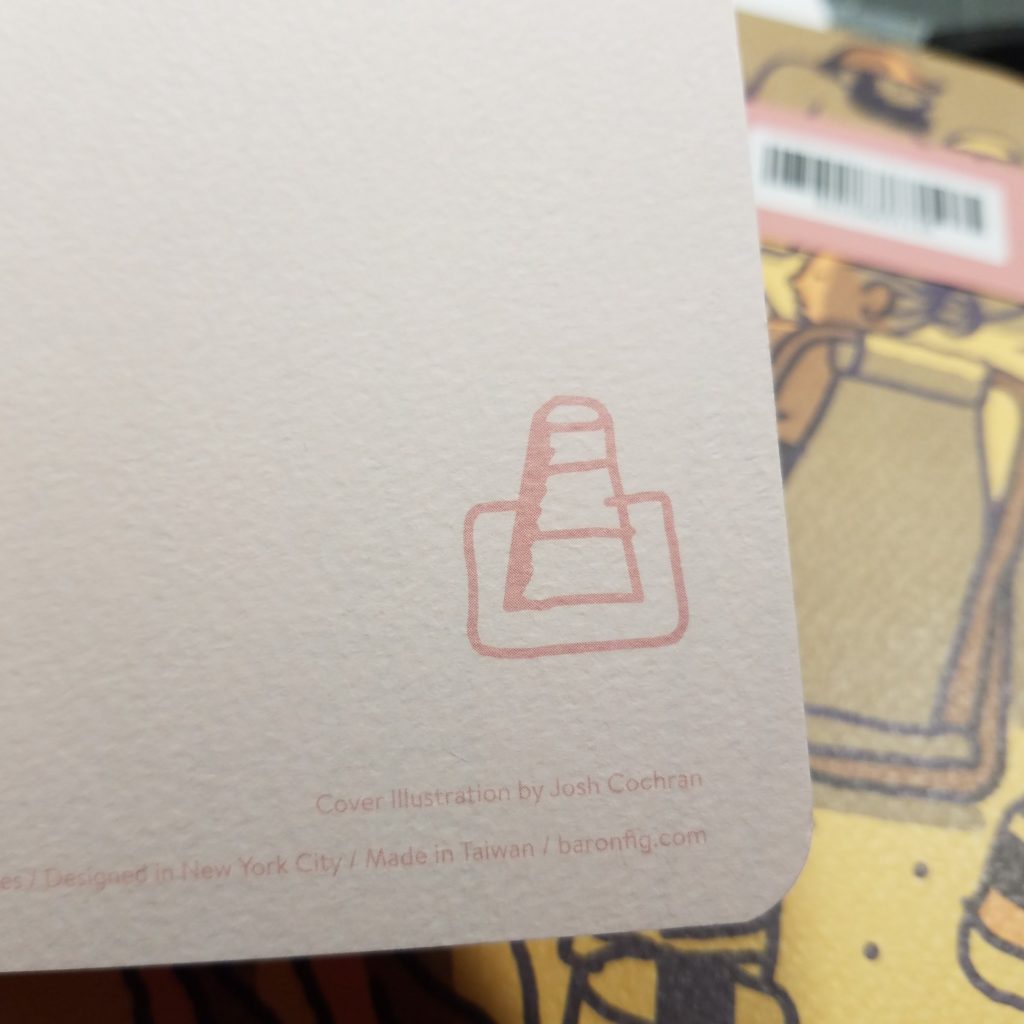
What I have been really surprised about with this vanguard is that the cover has stood up to this kind of abuse and use. Normally most of my notebooks get tossed into my bag or onto a desk. They don’t get wet as I log hydroponic feedings or smudged with dirt as I fill seed starting pots. What is most impressive with this is that despite being a paper cover it cleans off nicely.
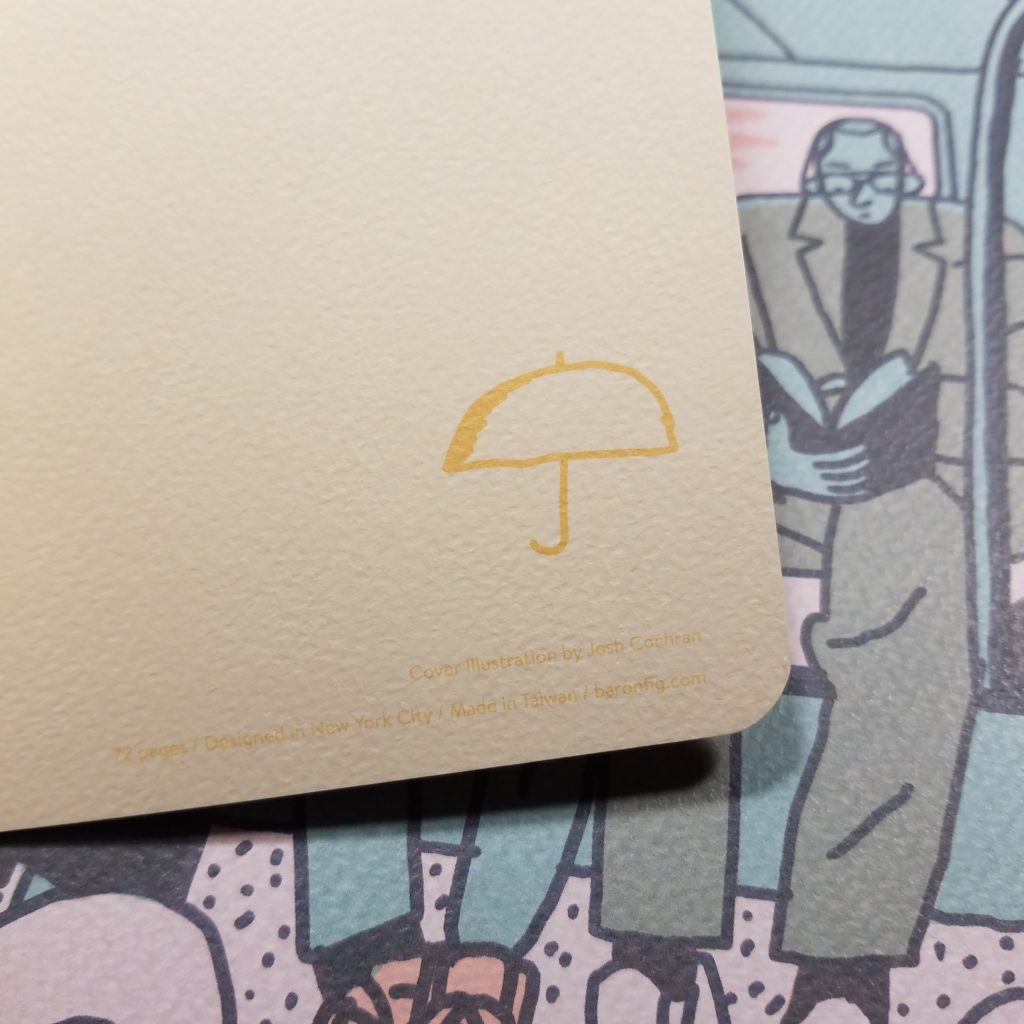
You can get these lovely little notebooks over at BaronFig.com
